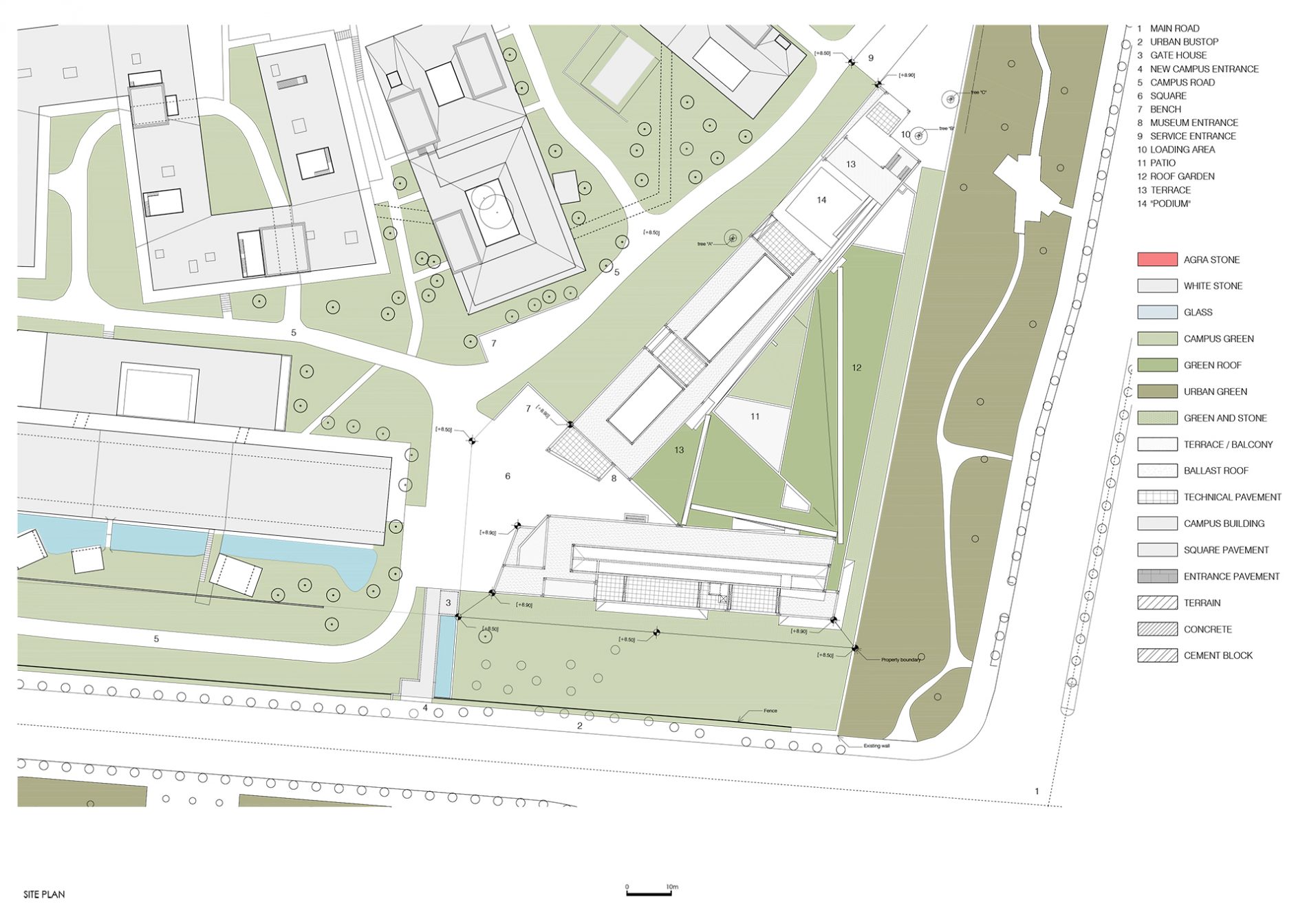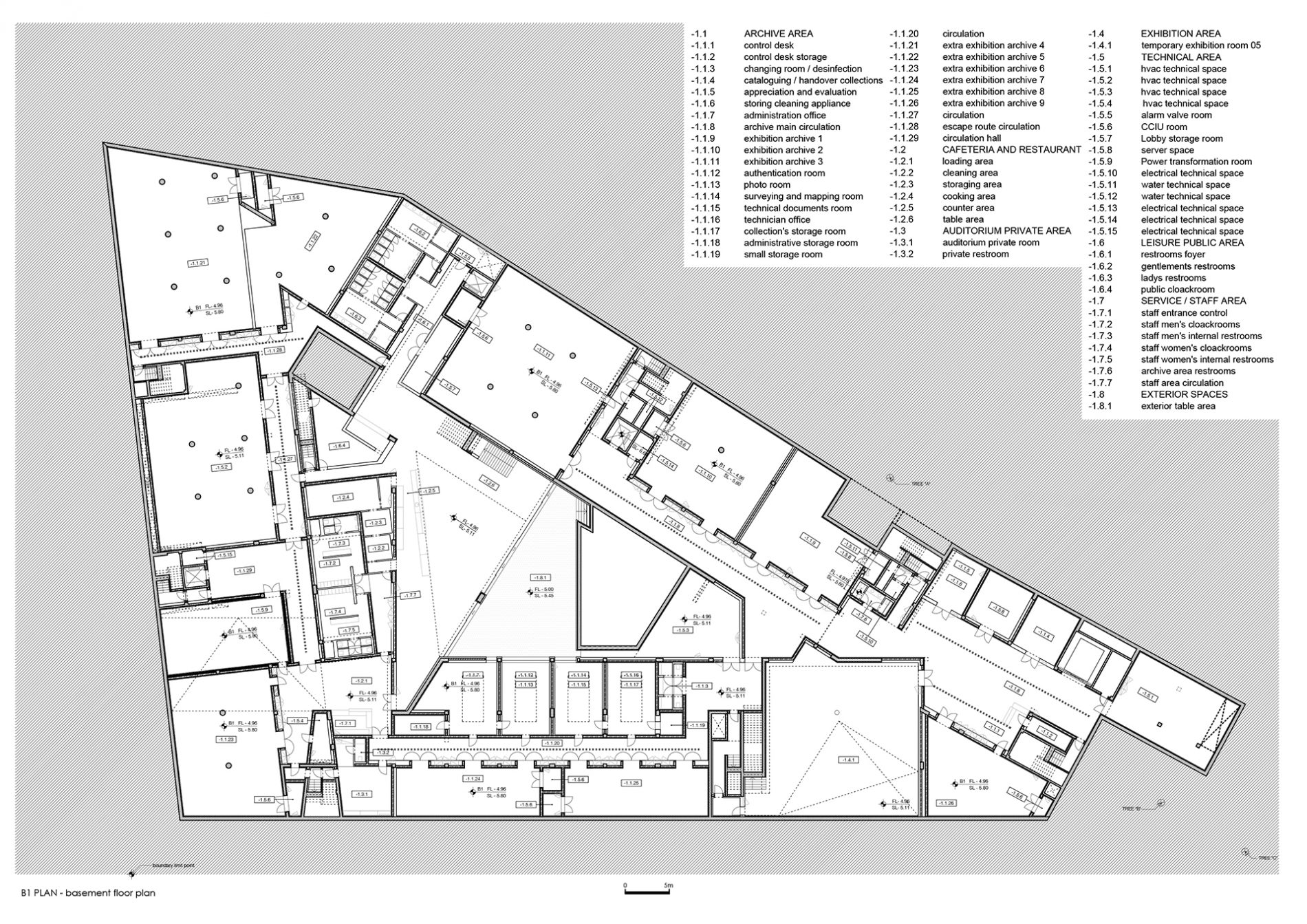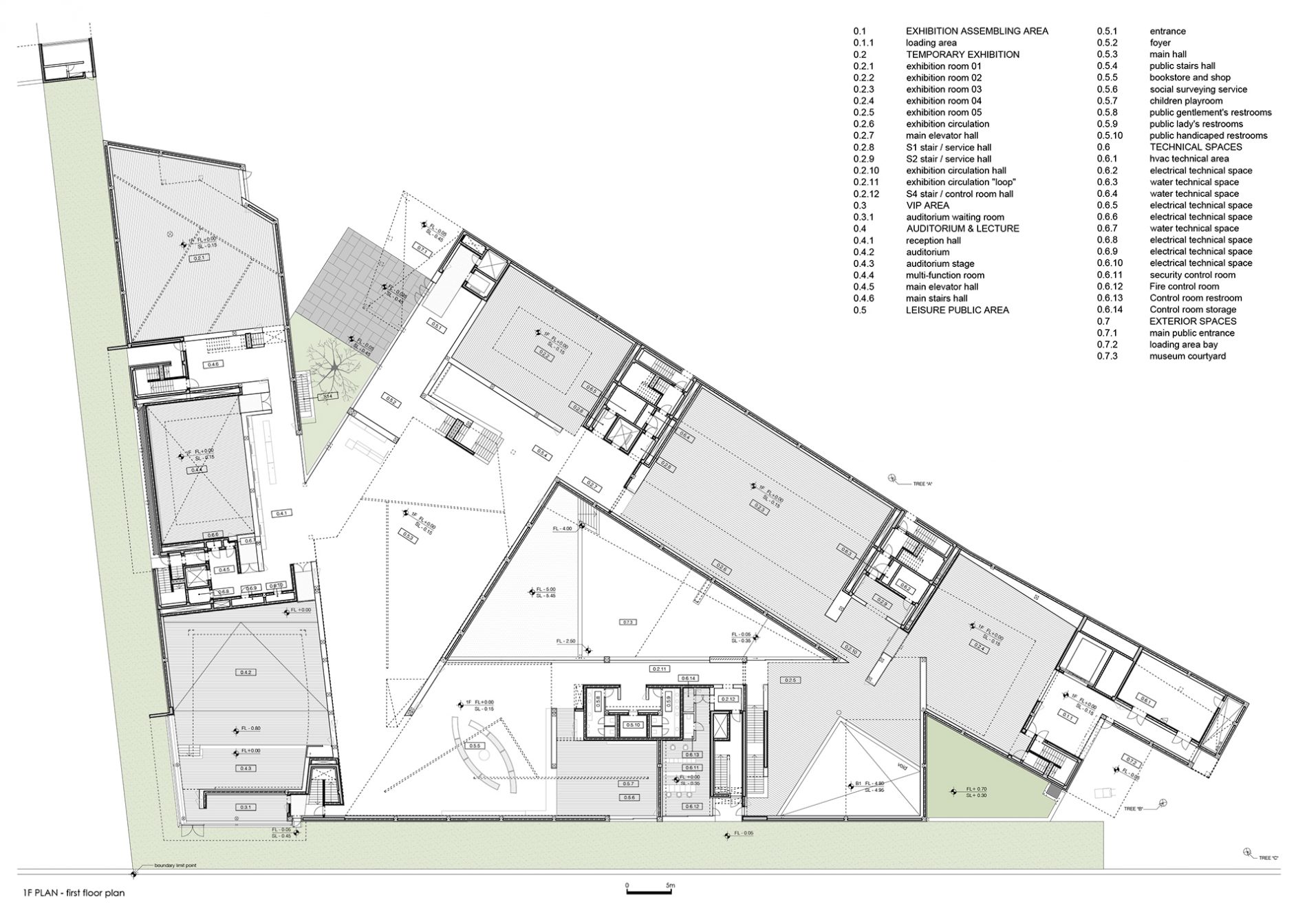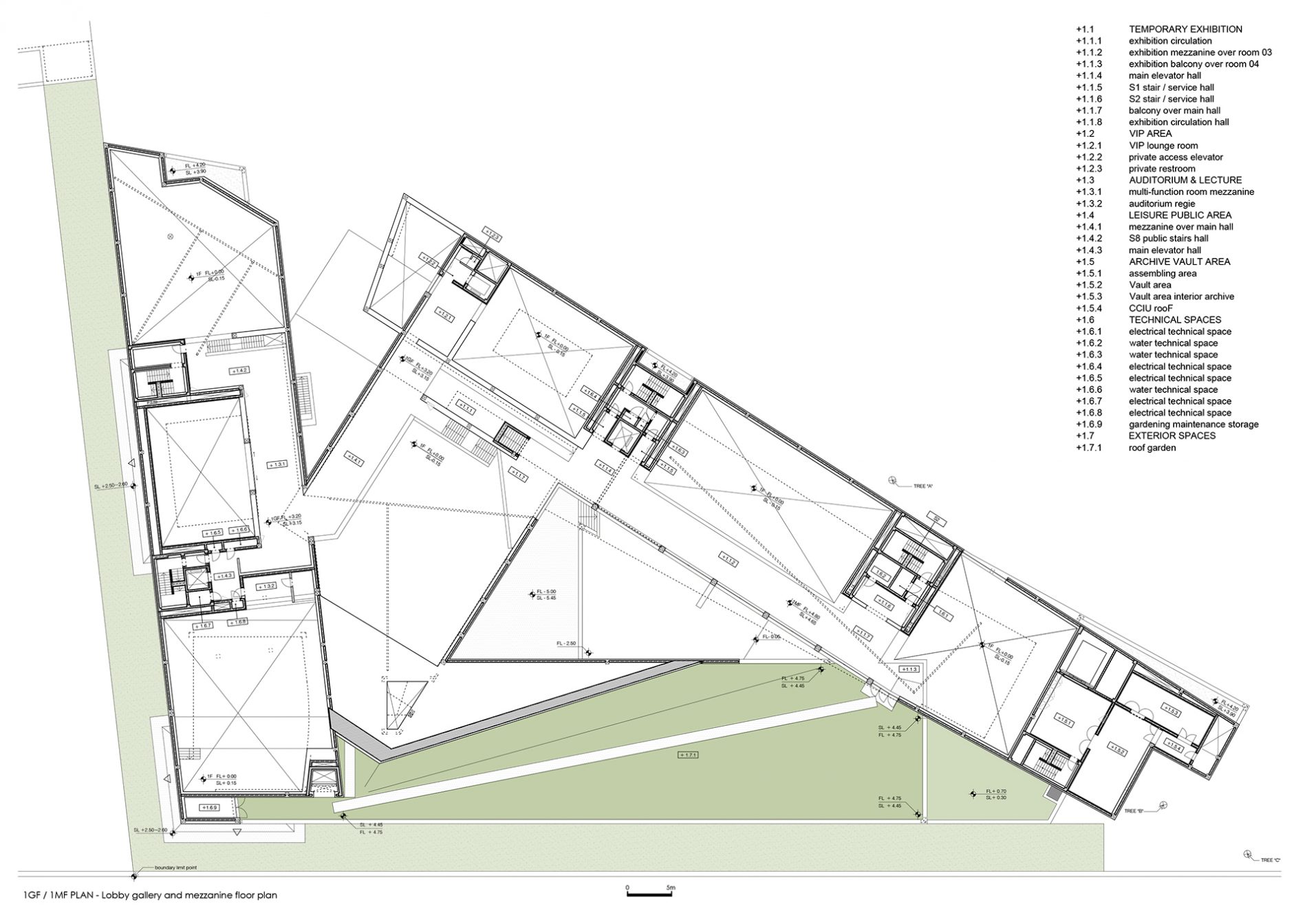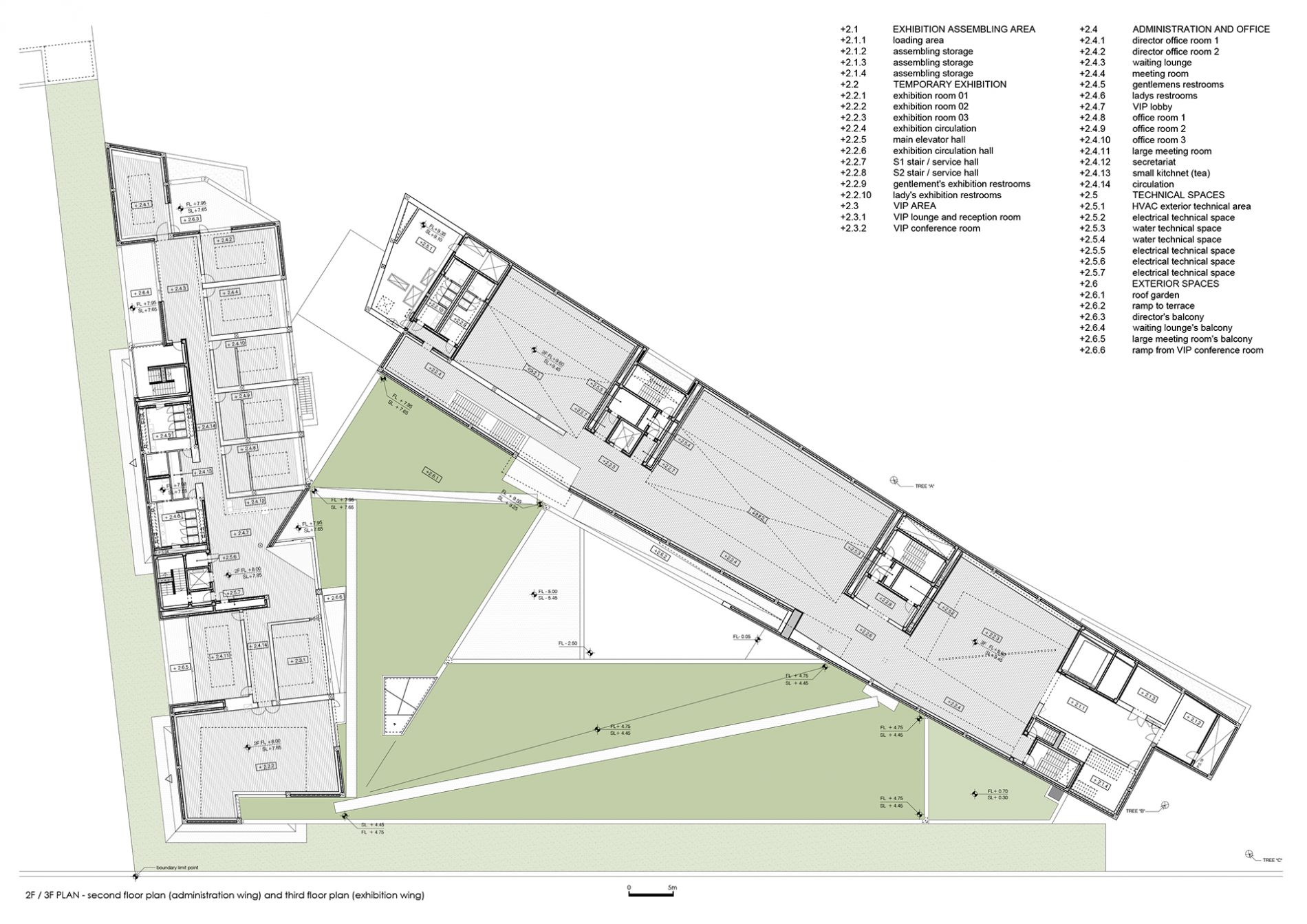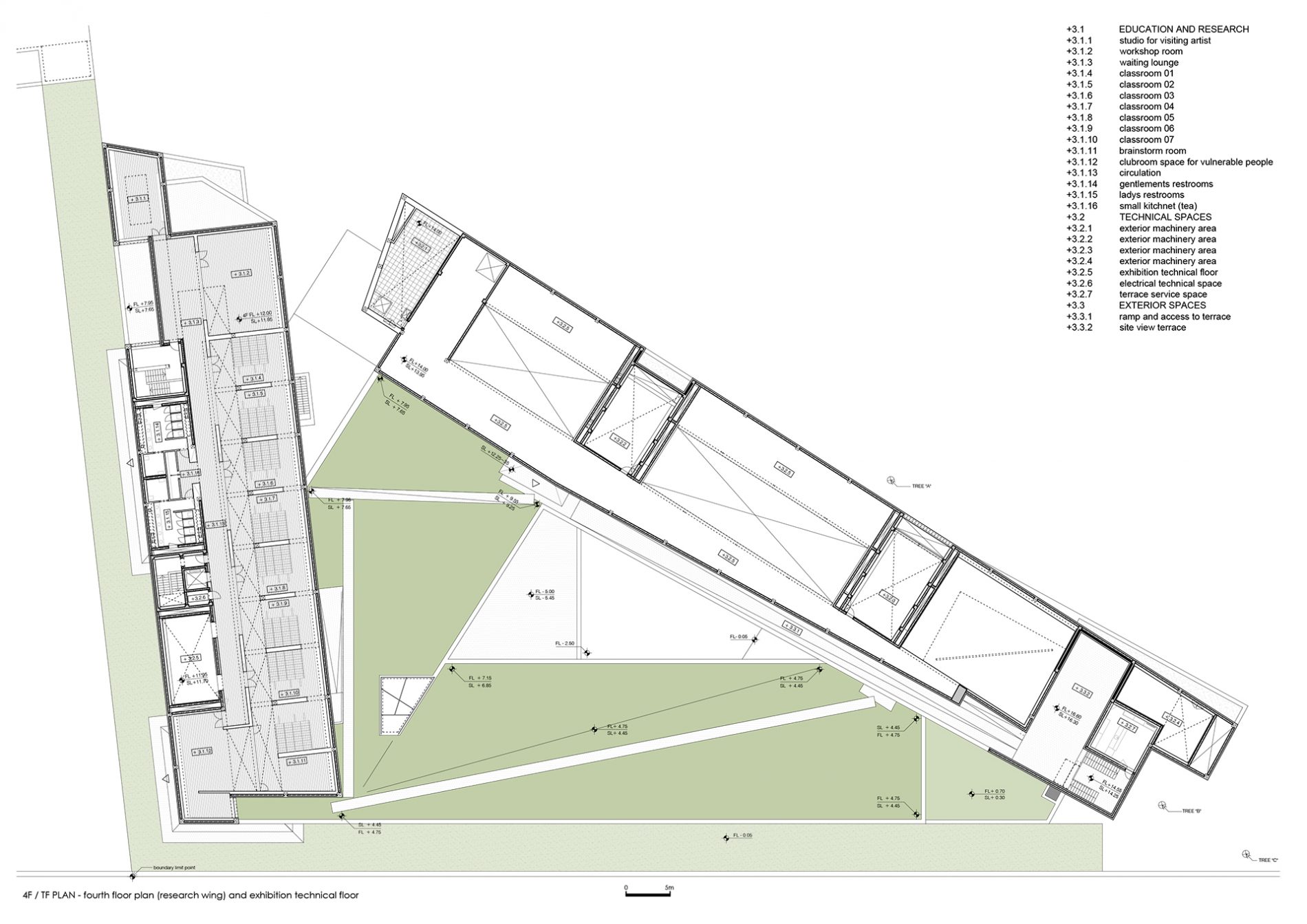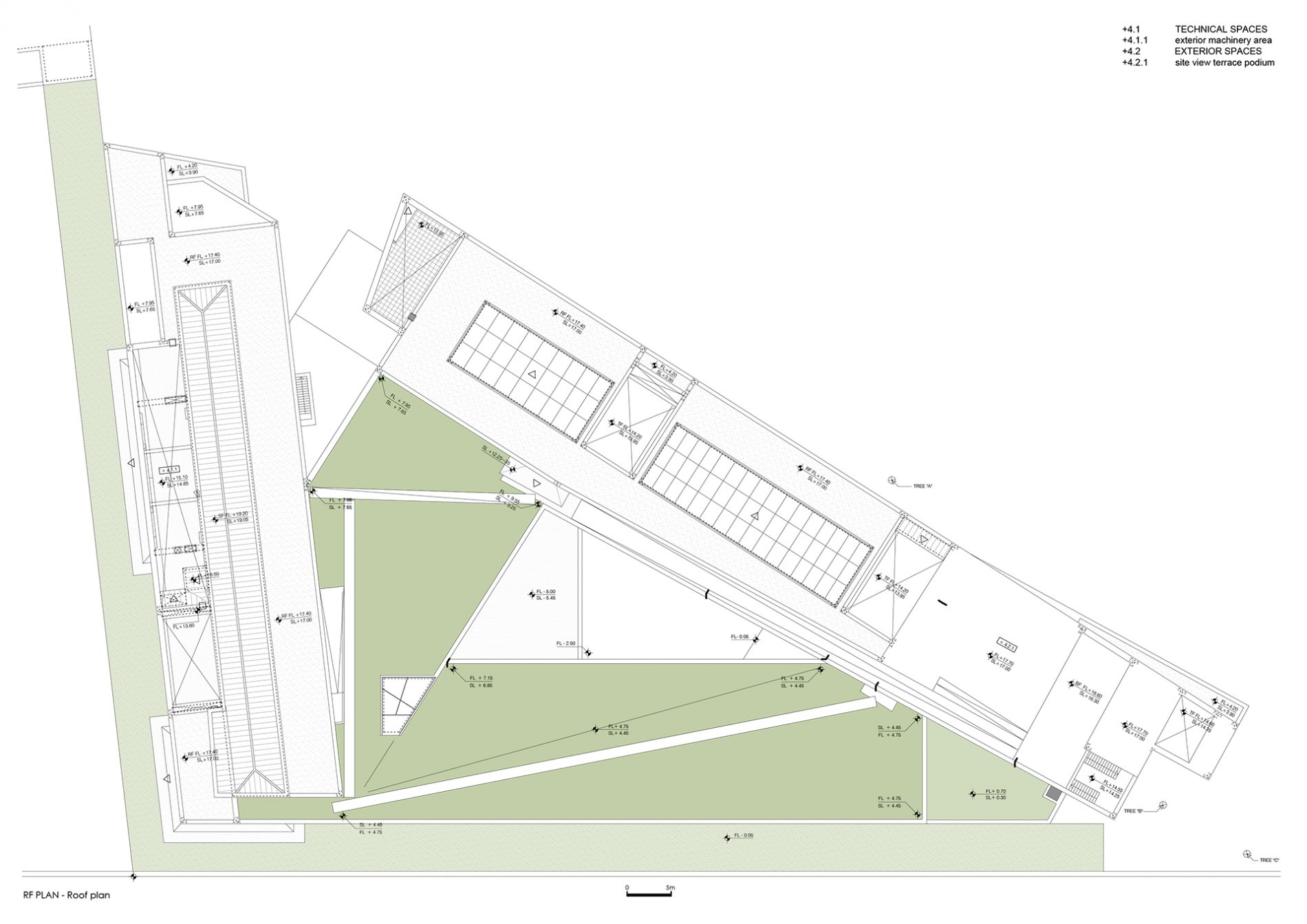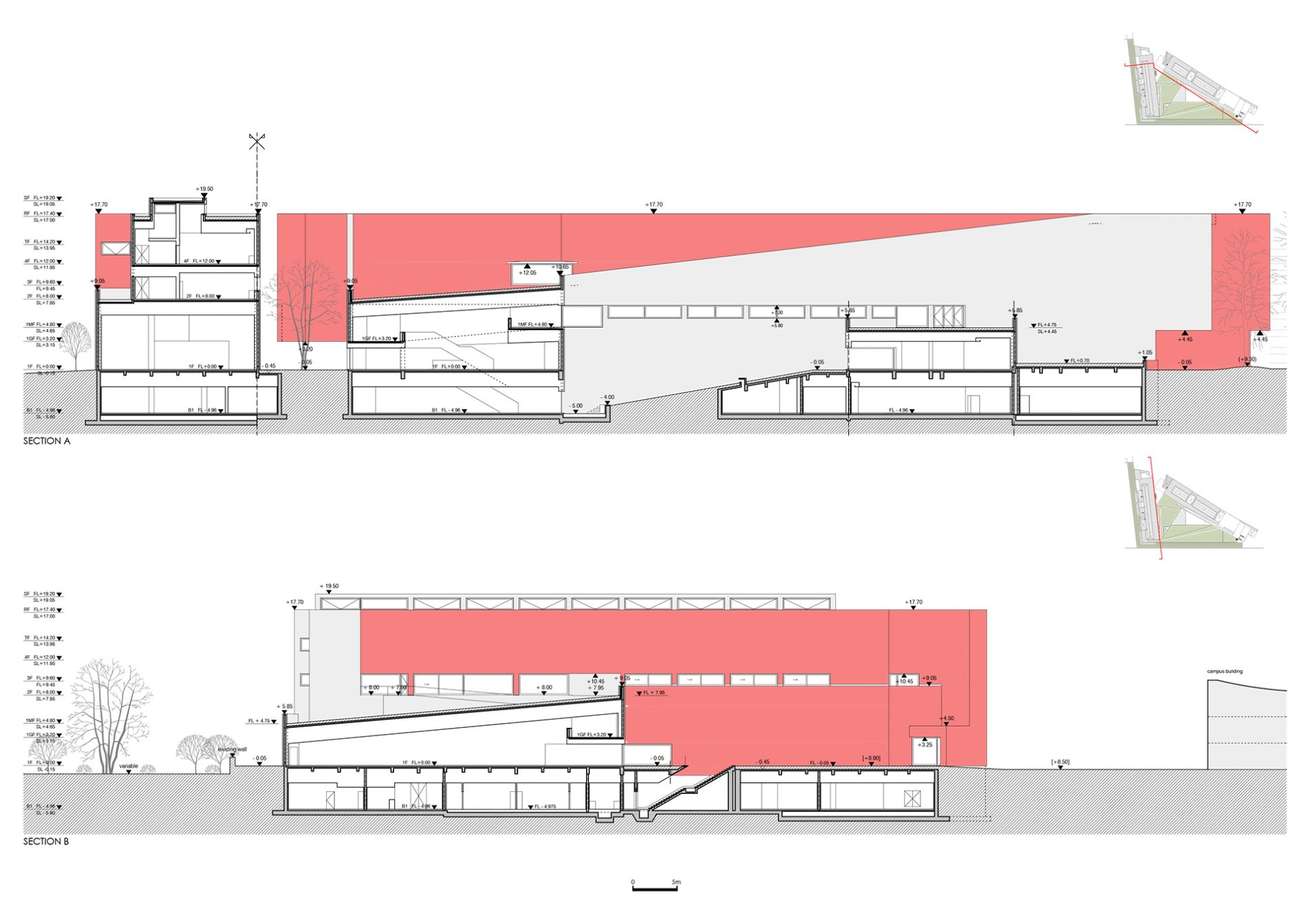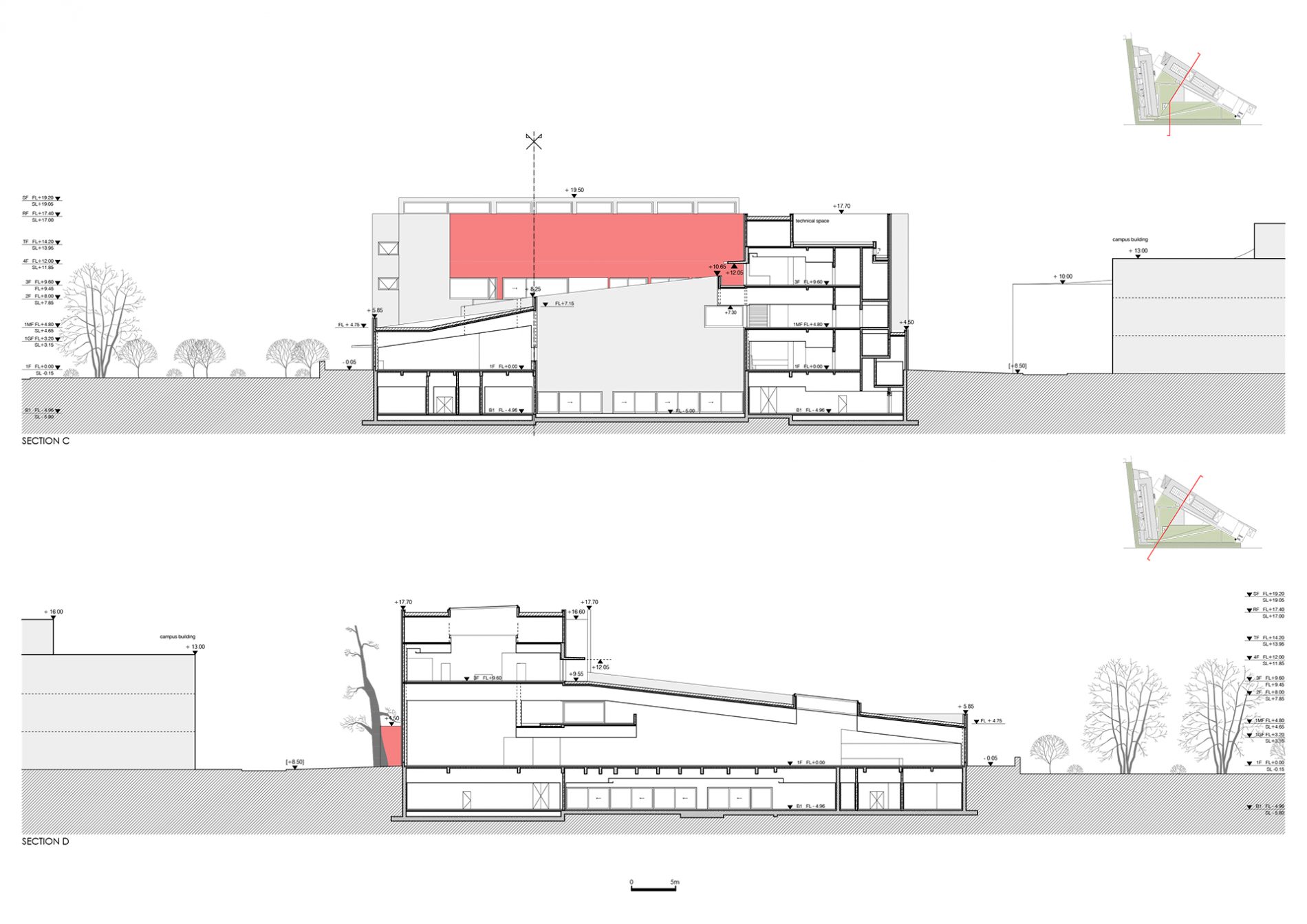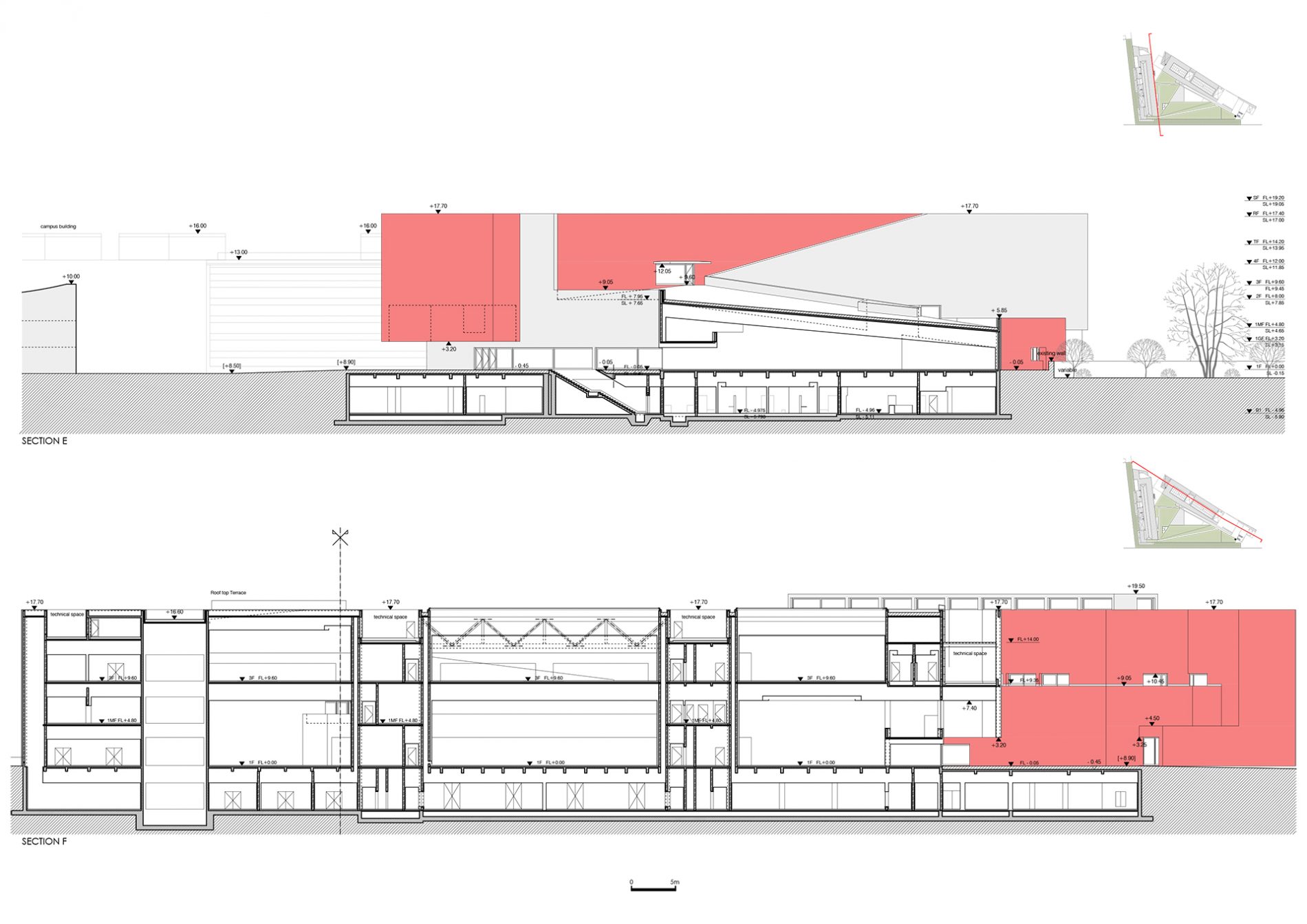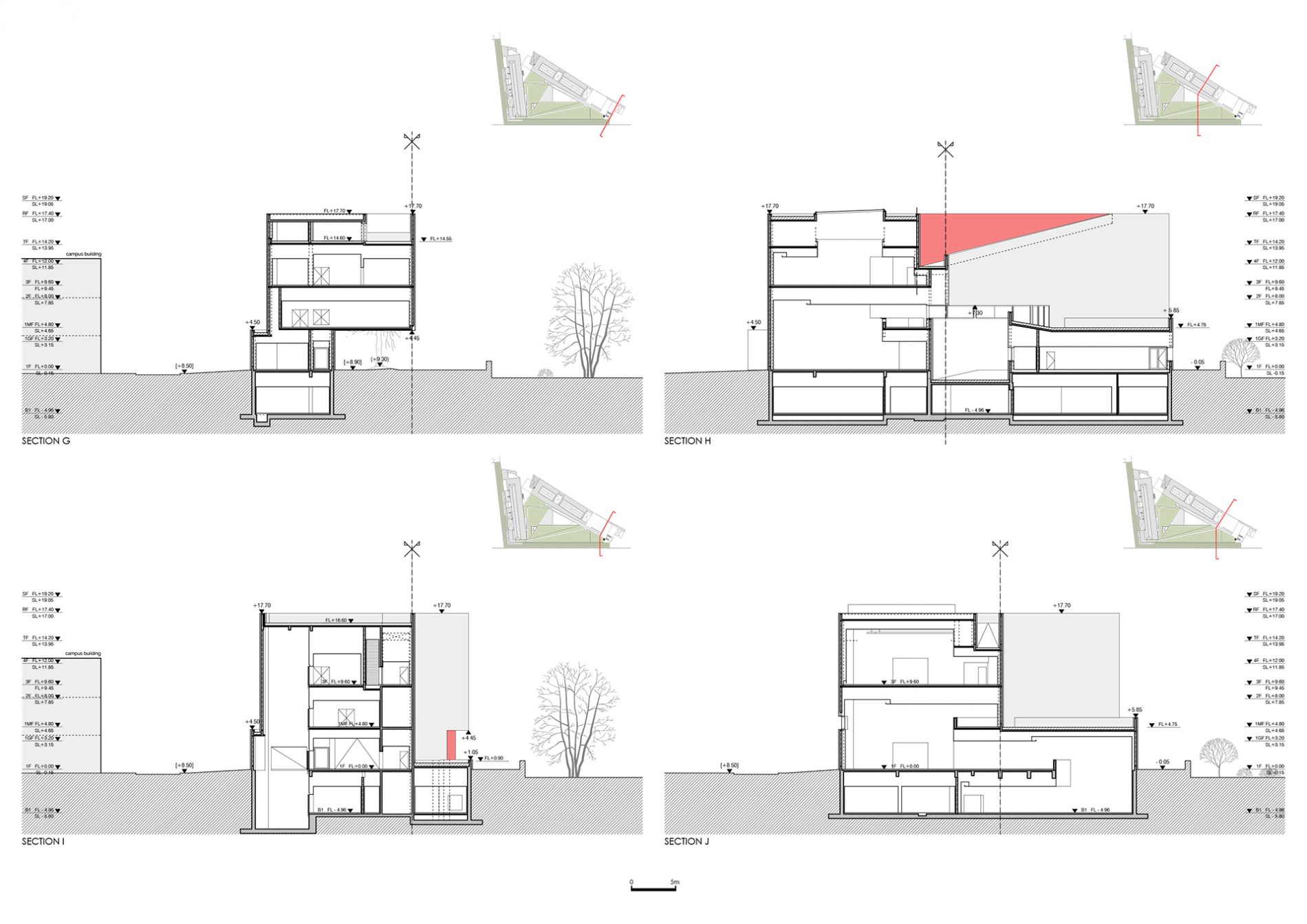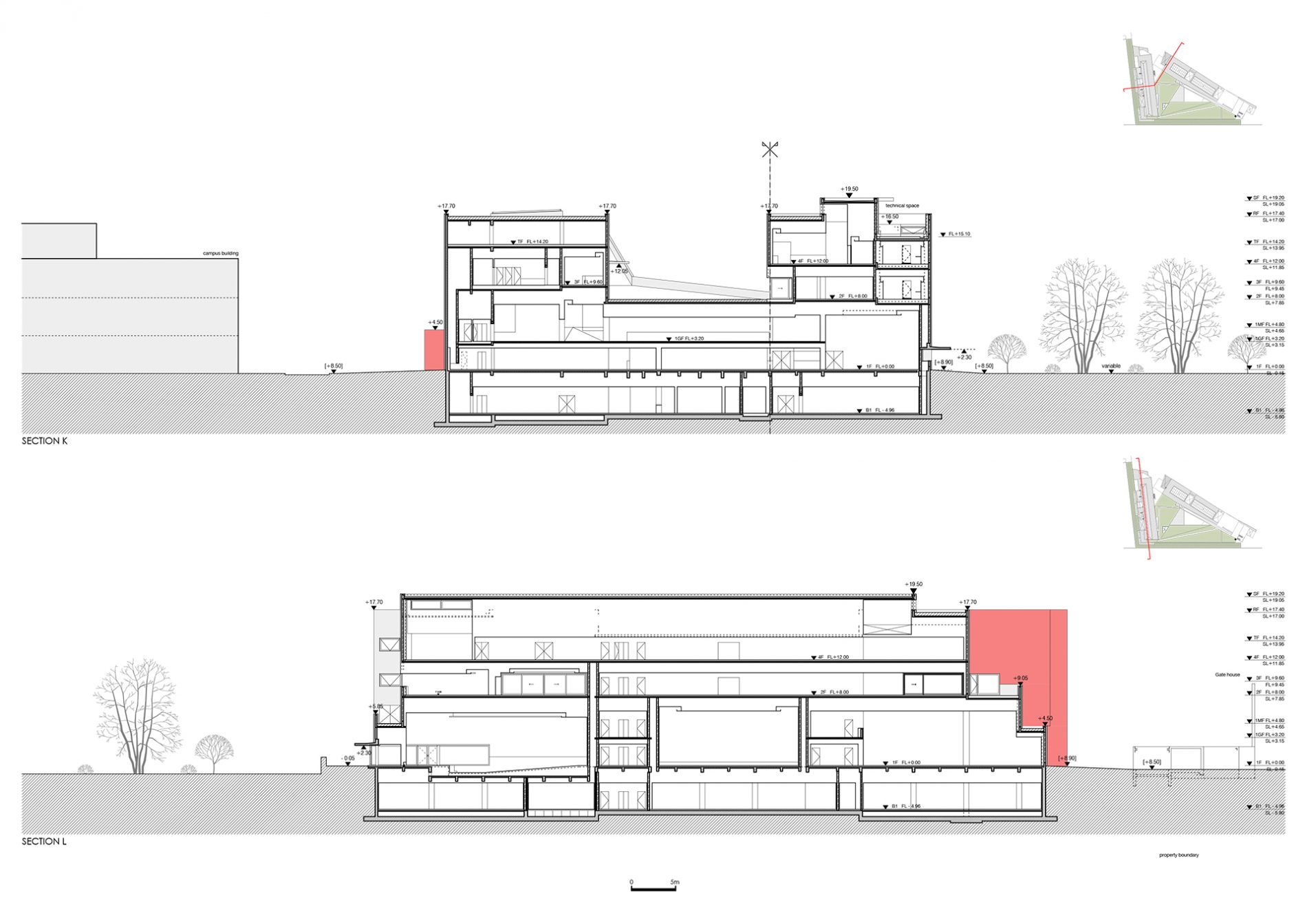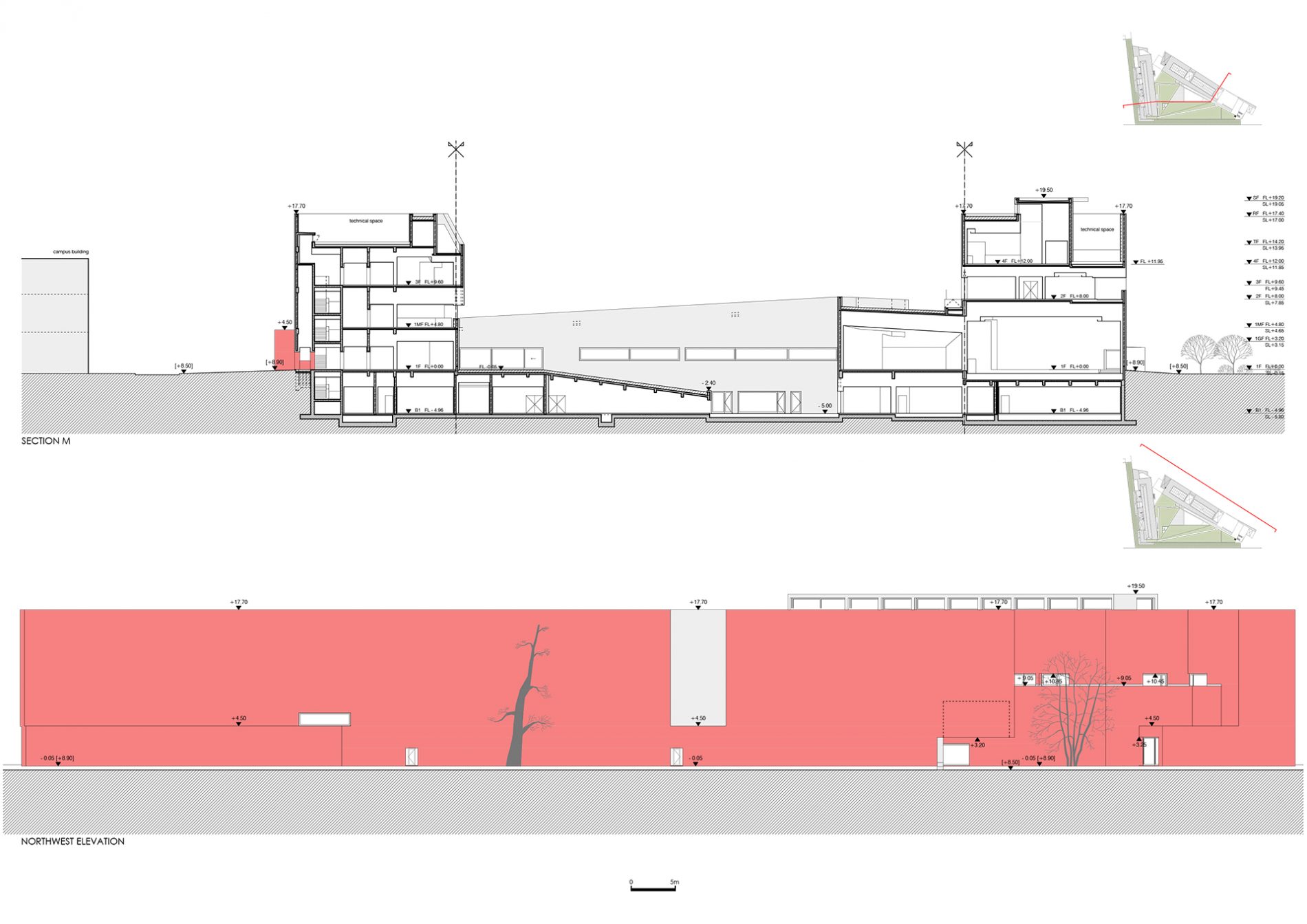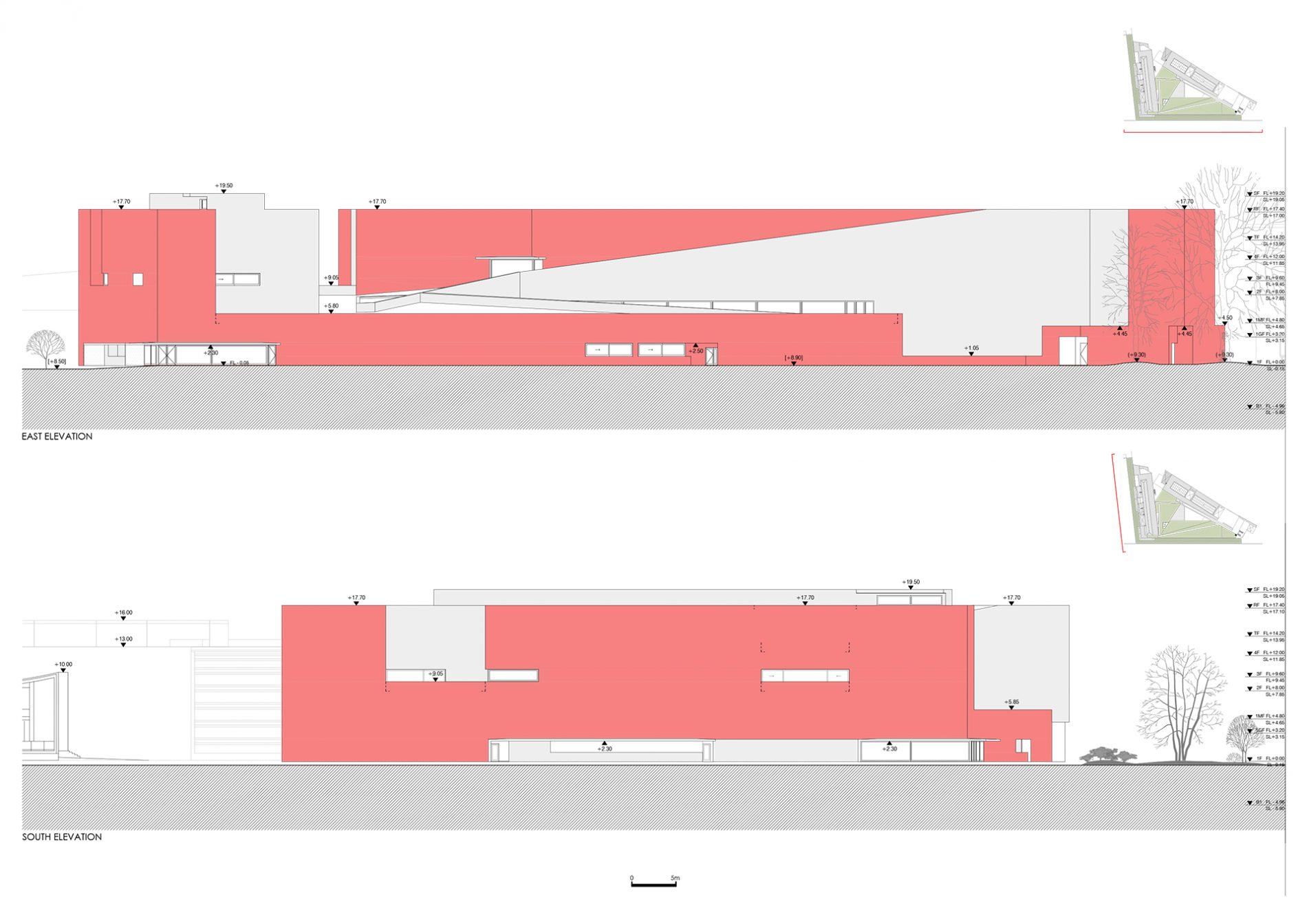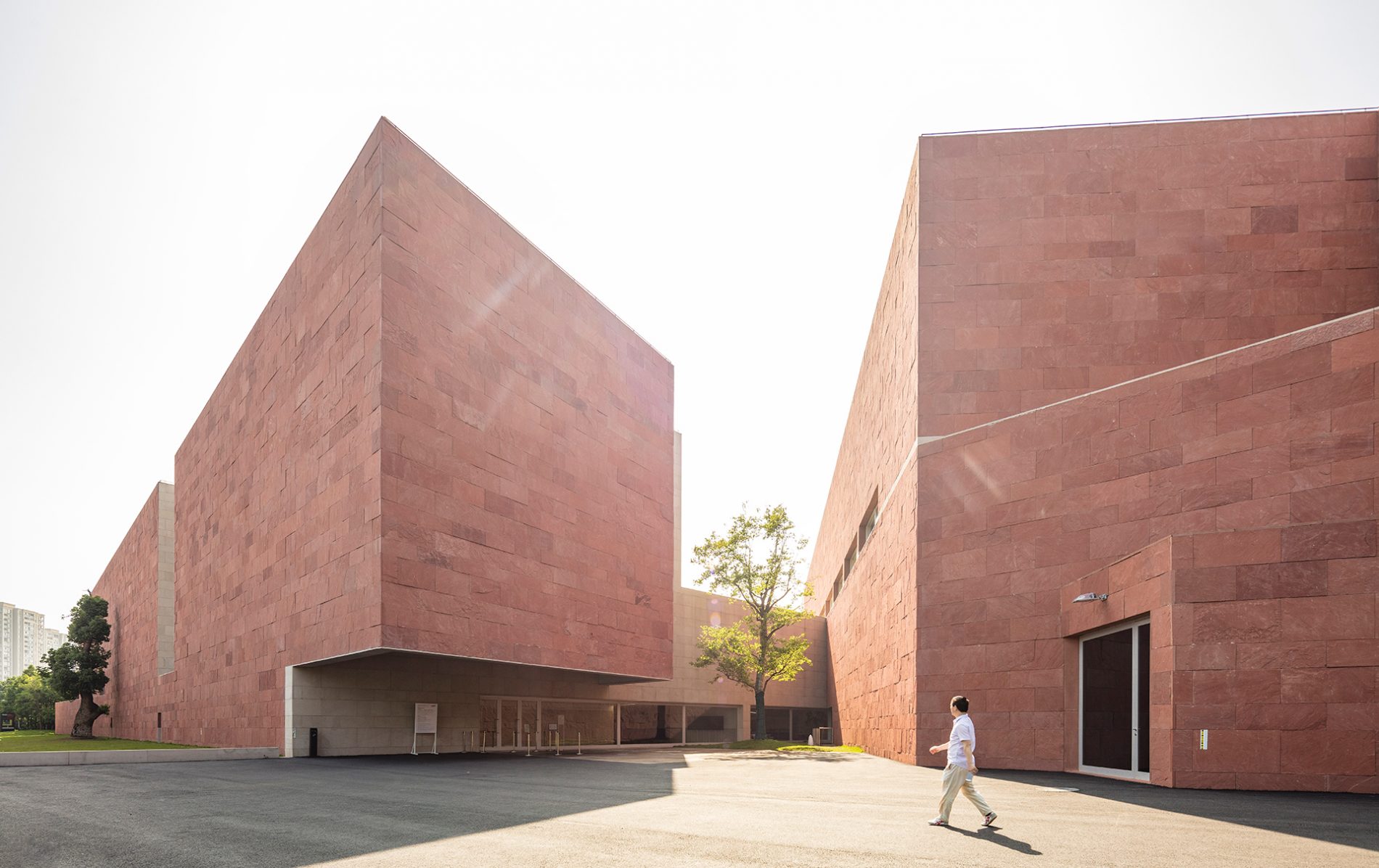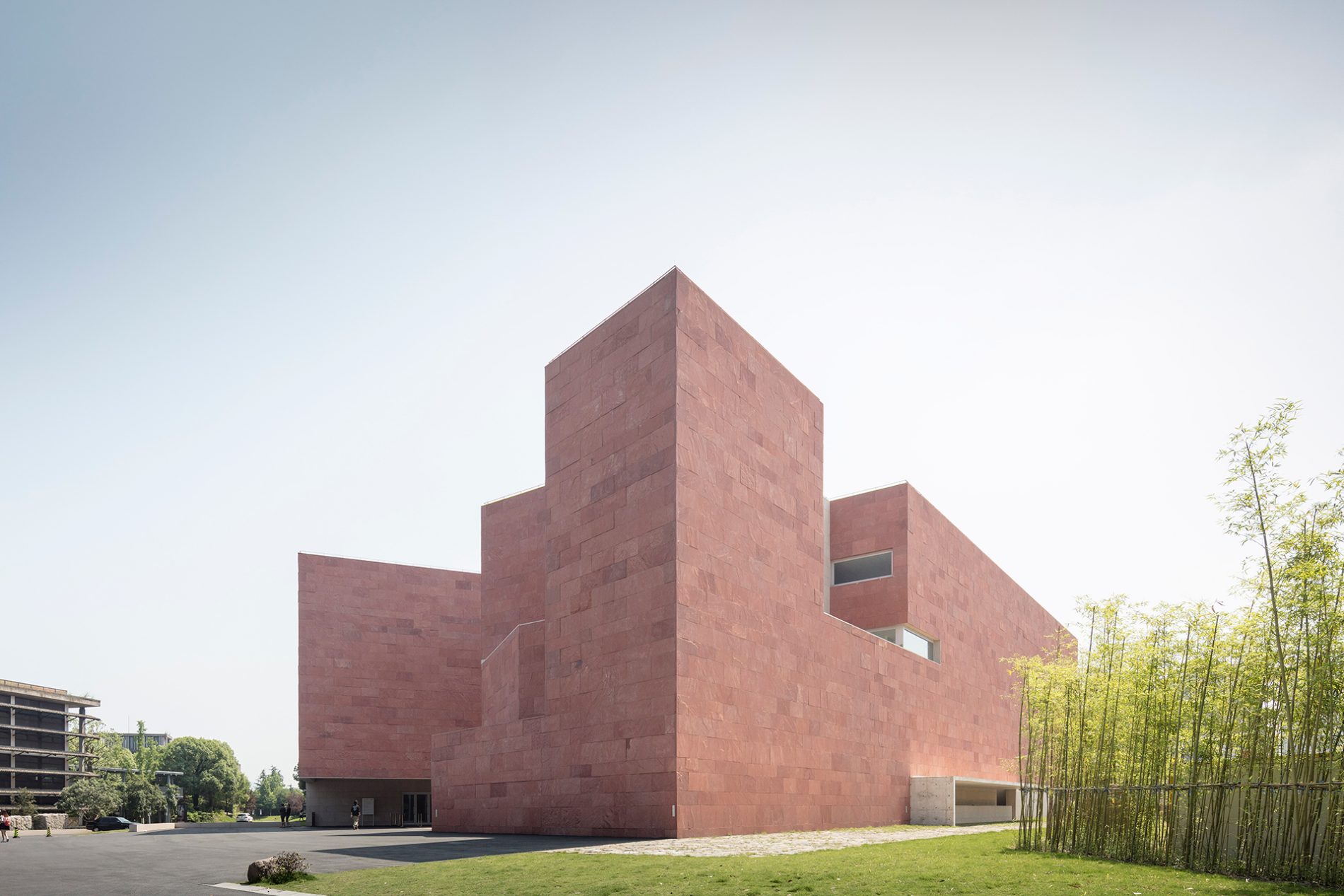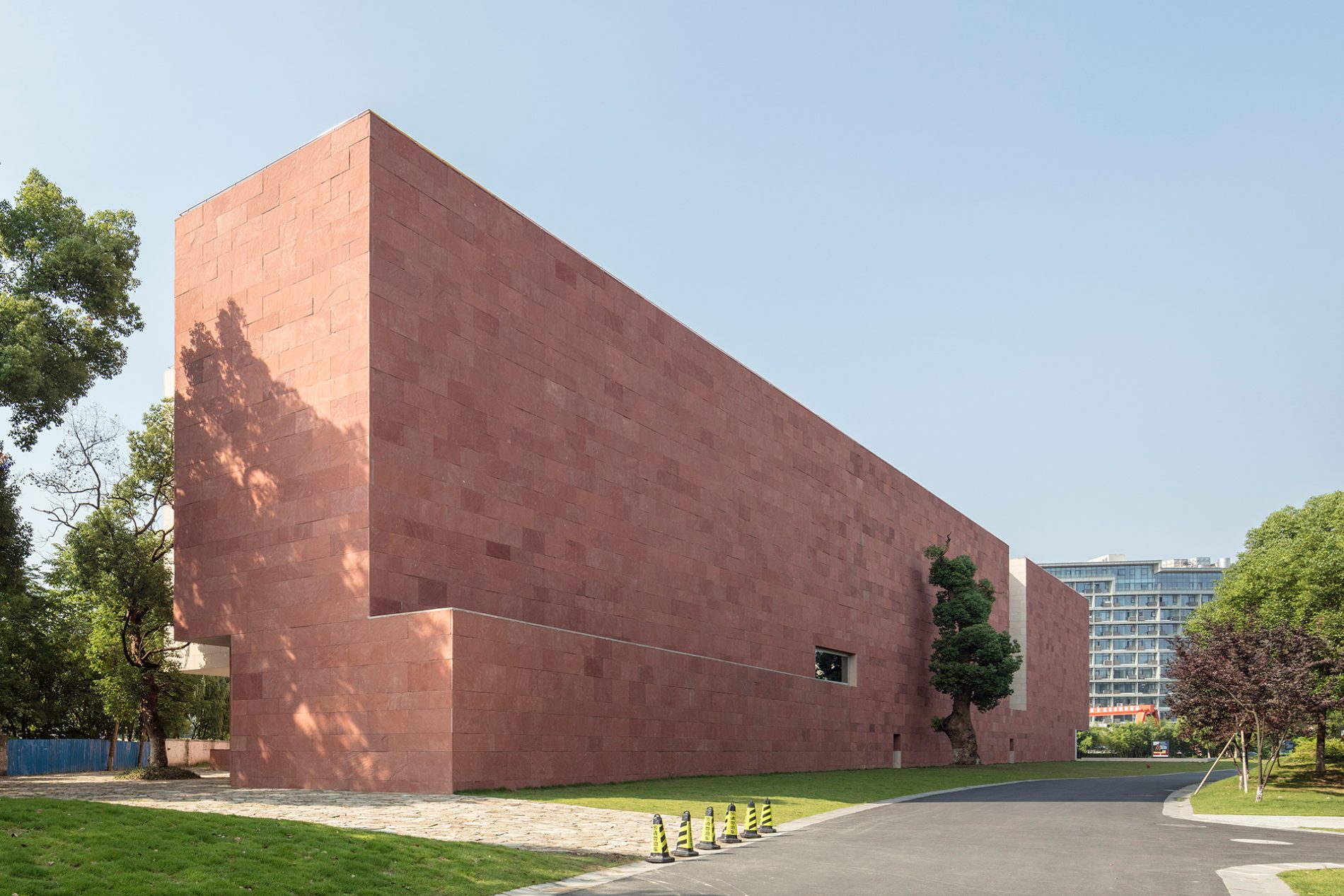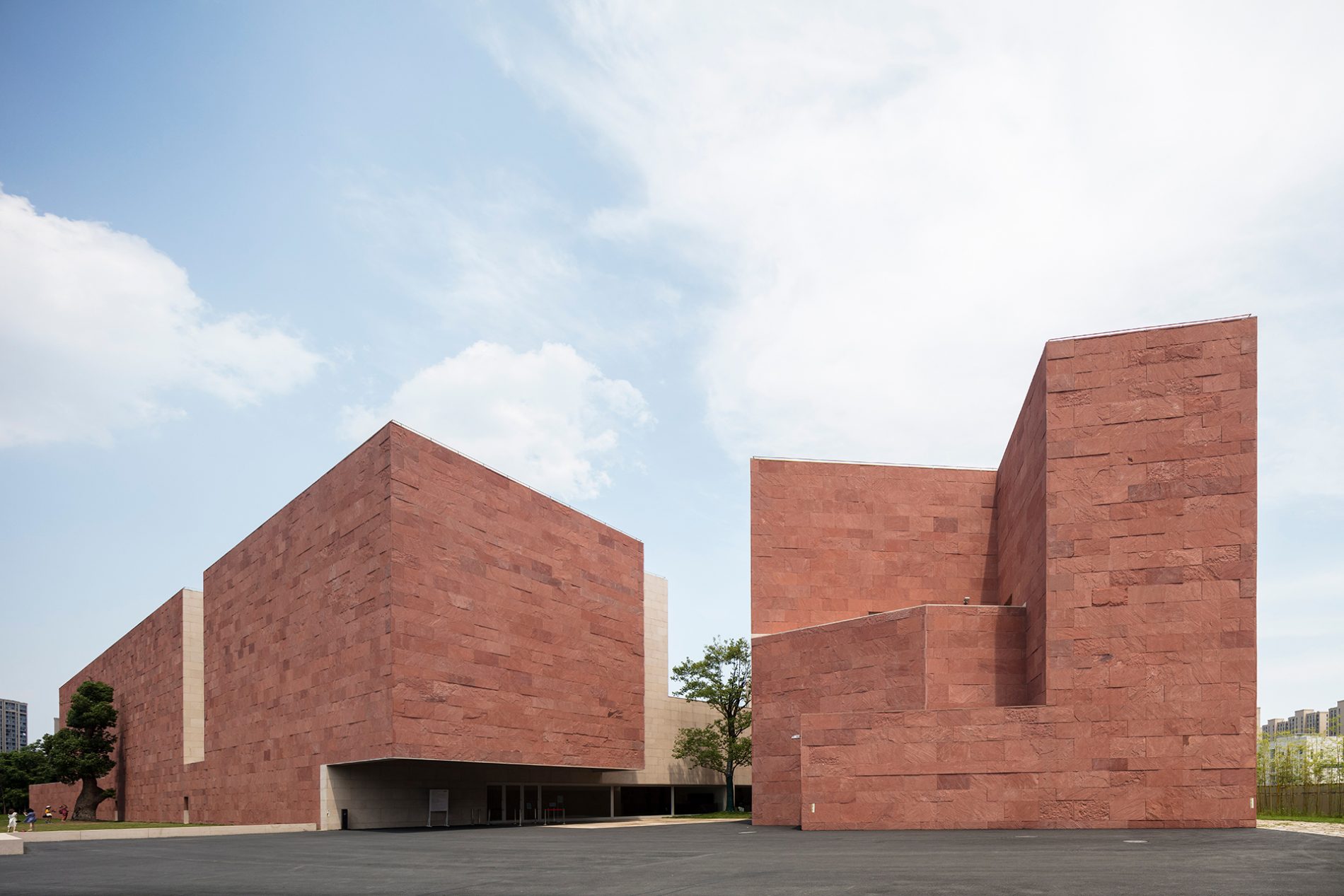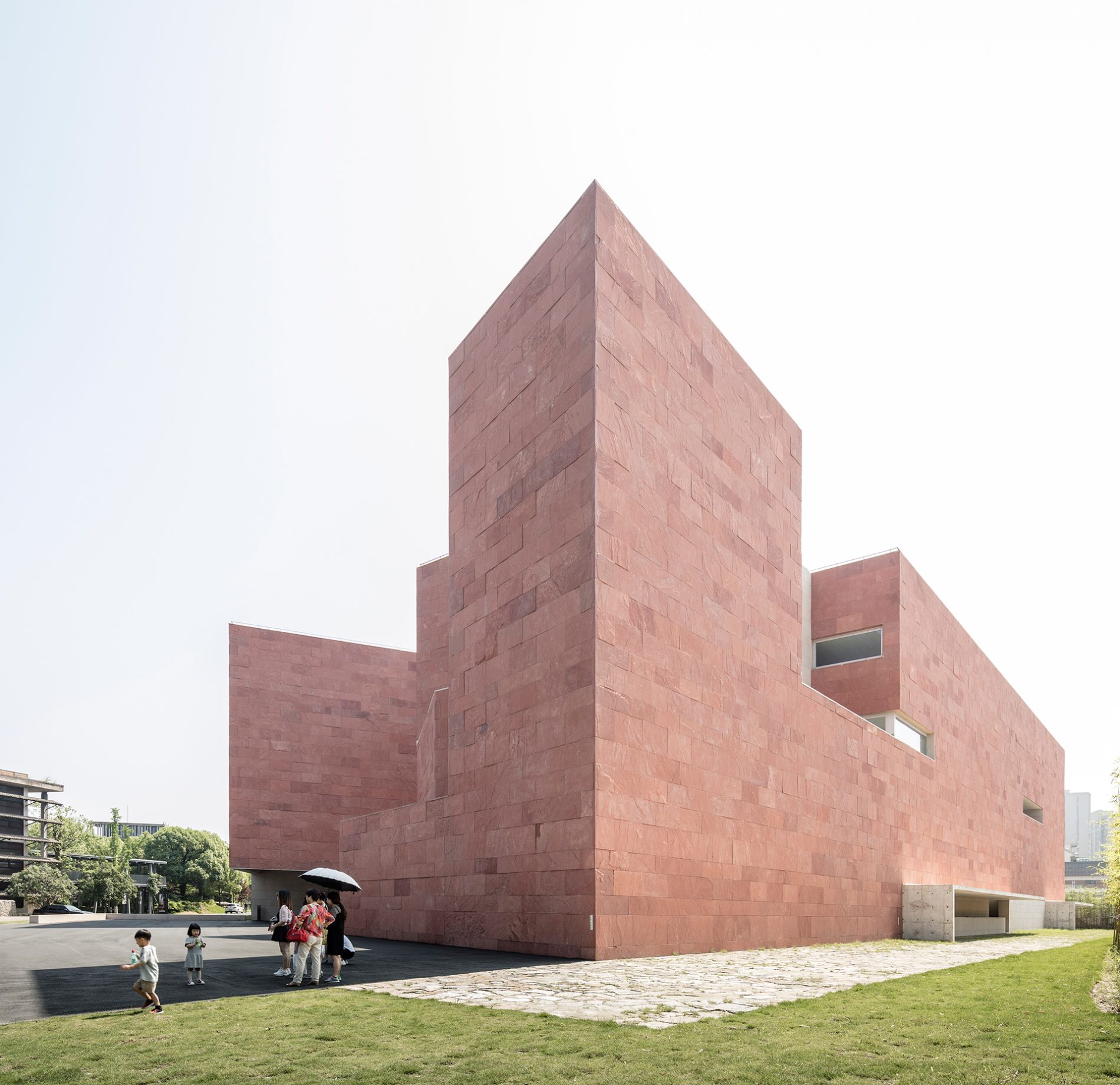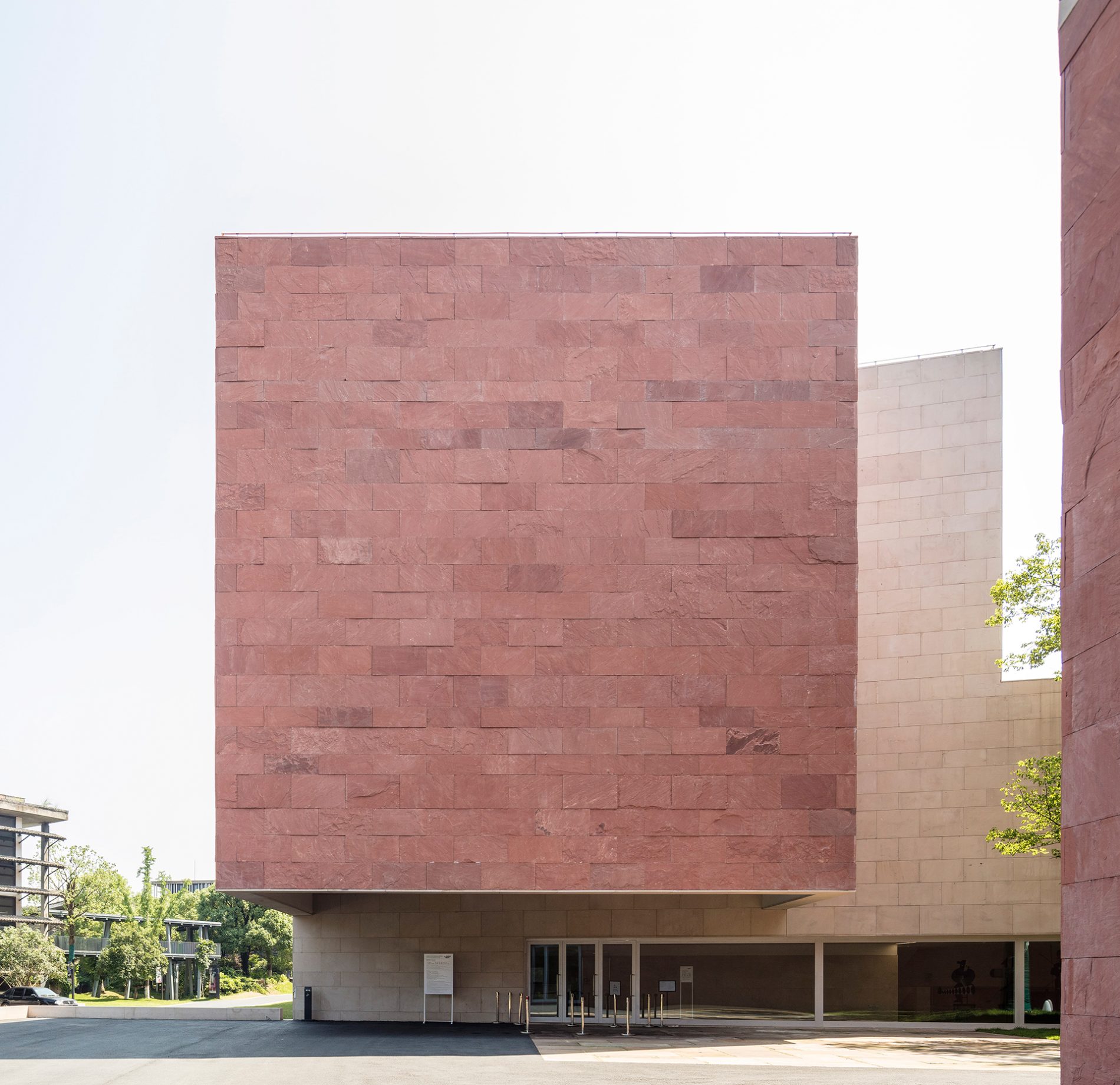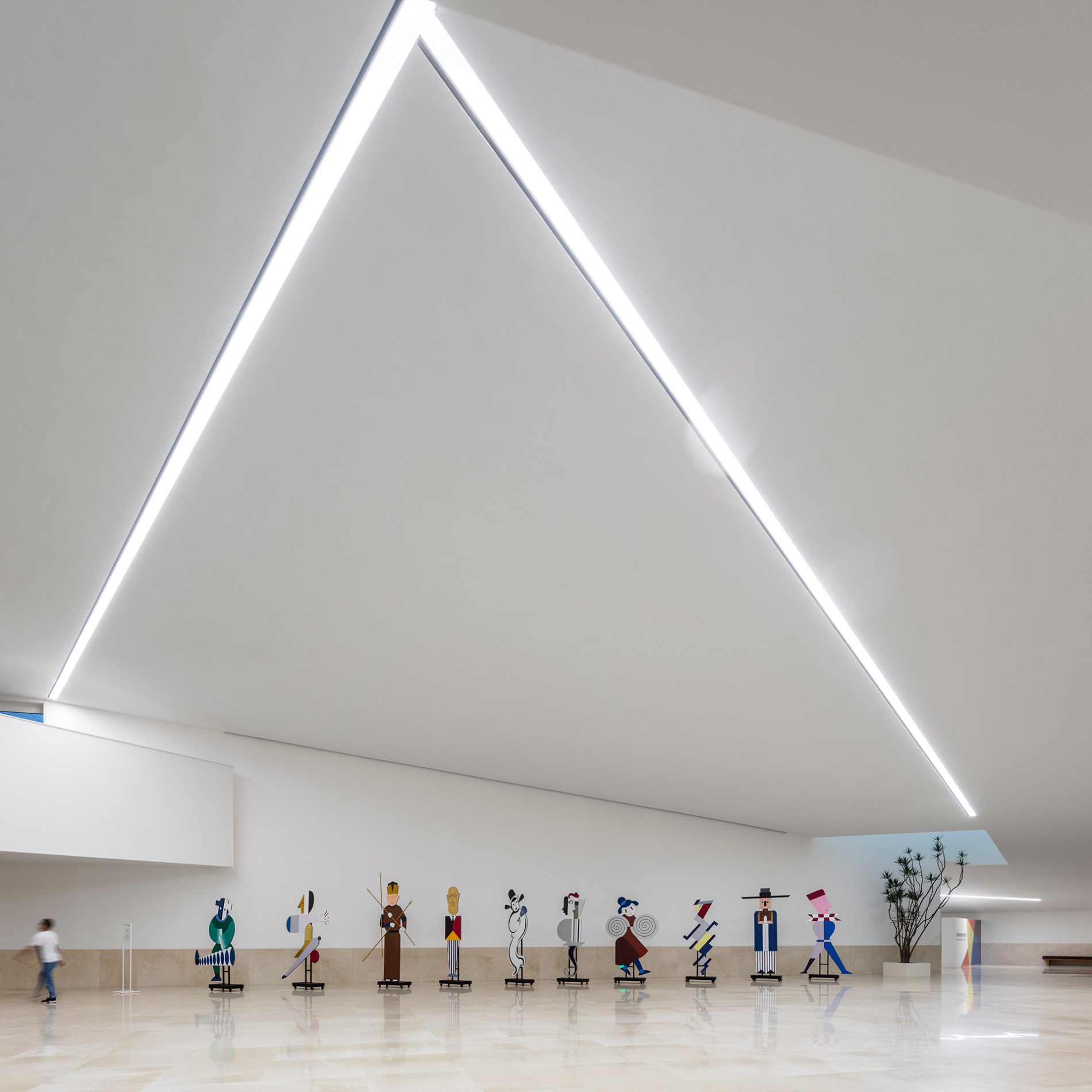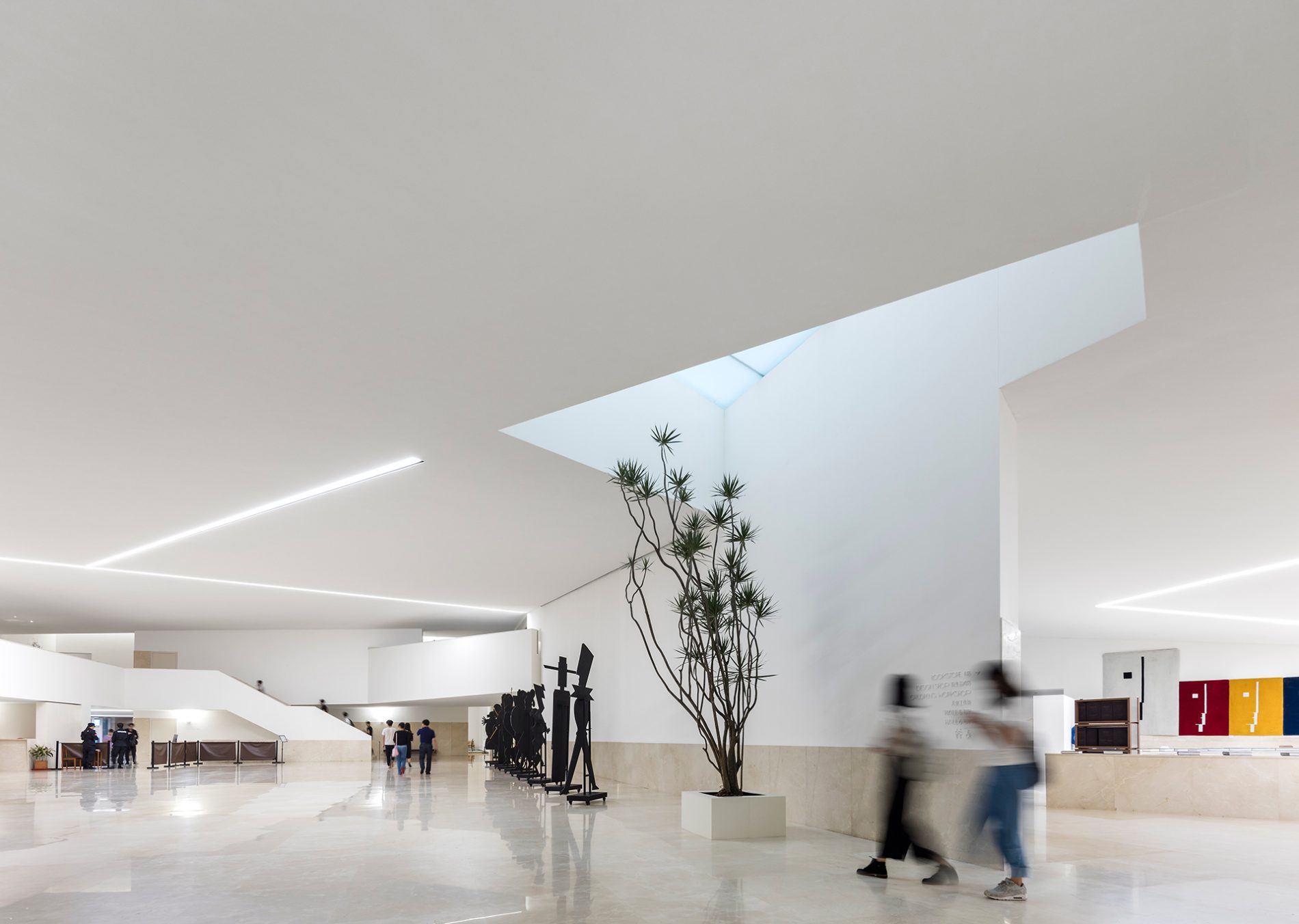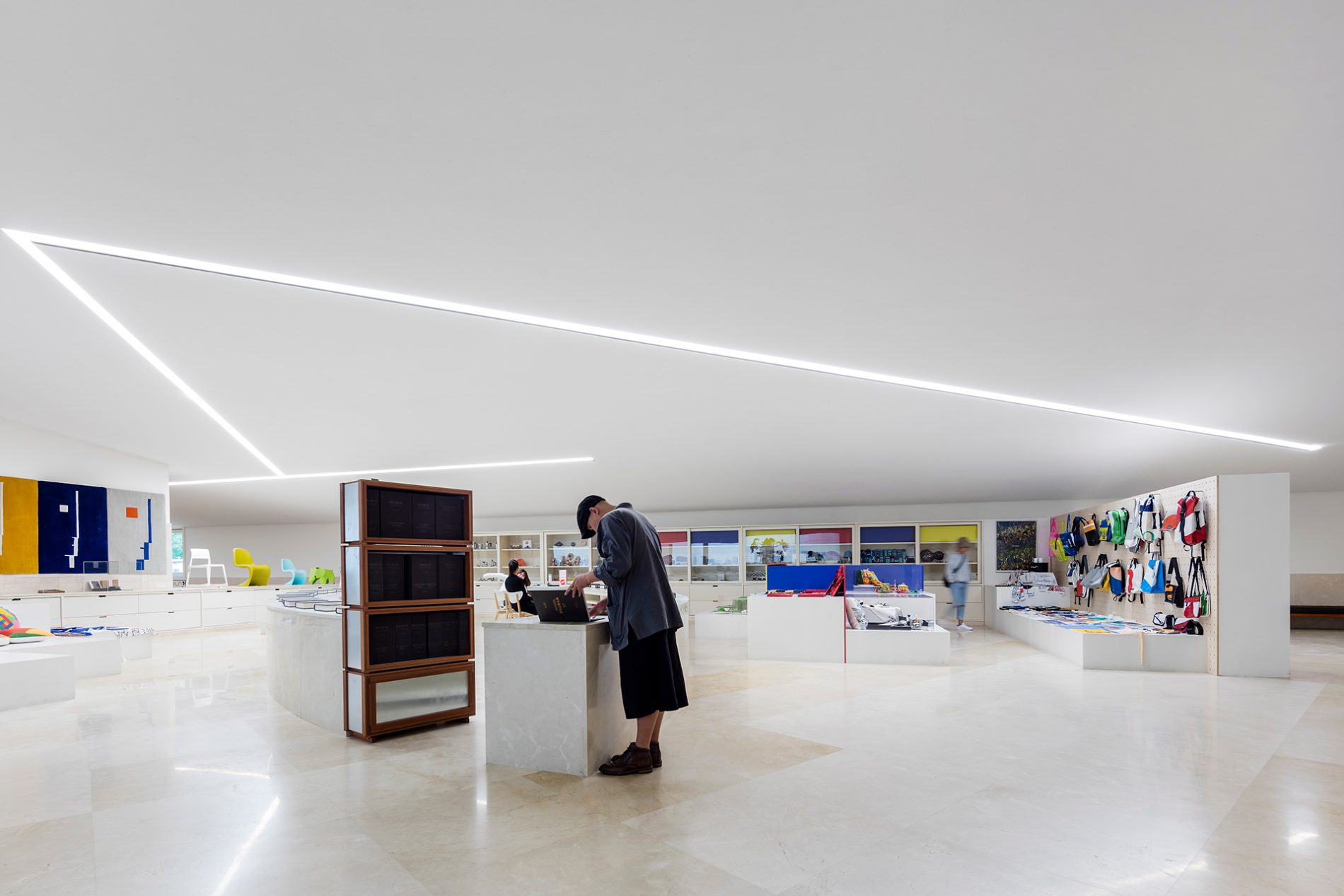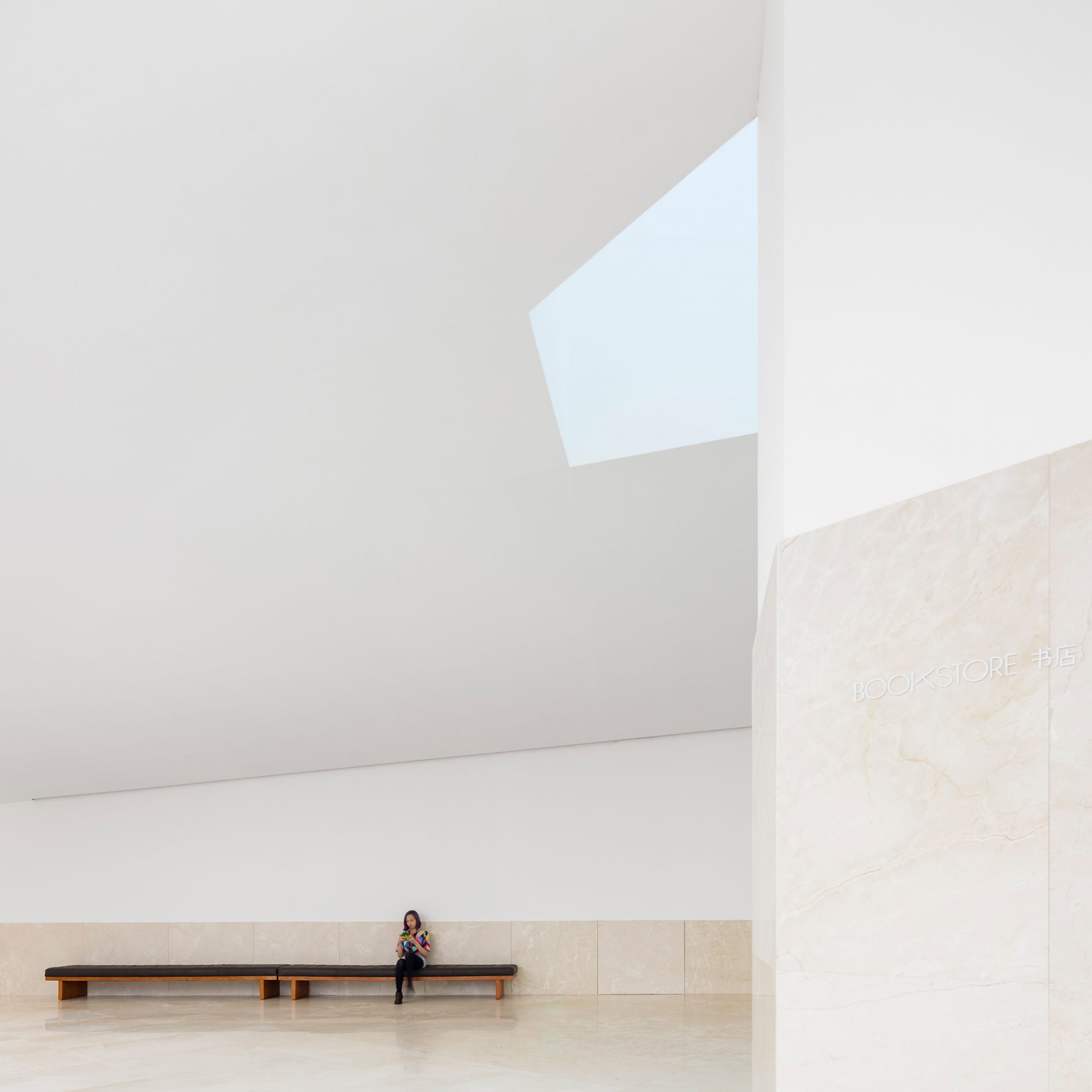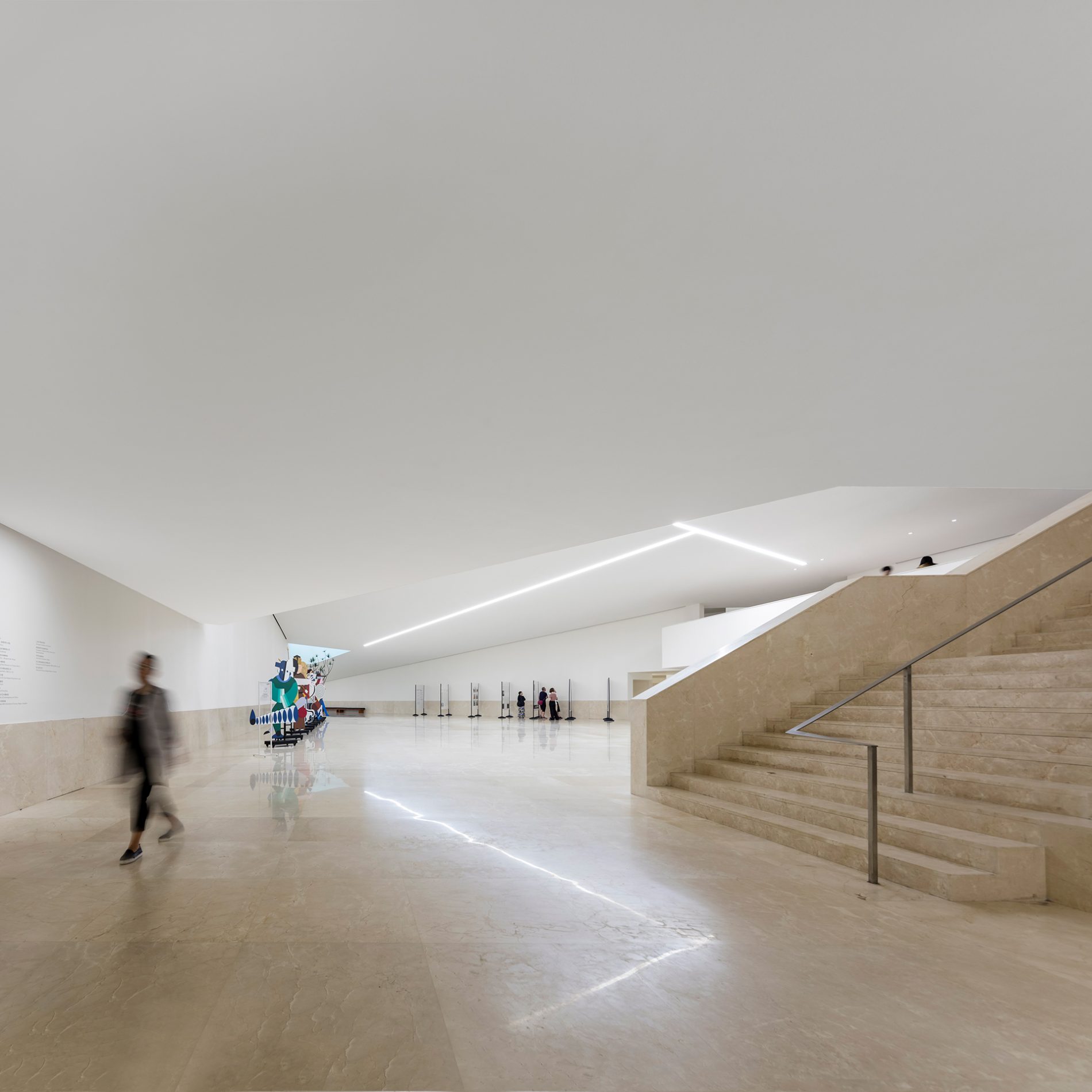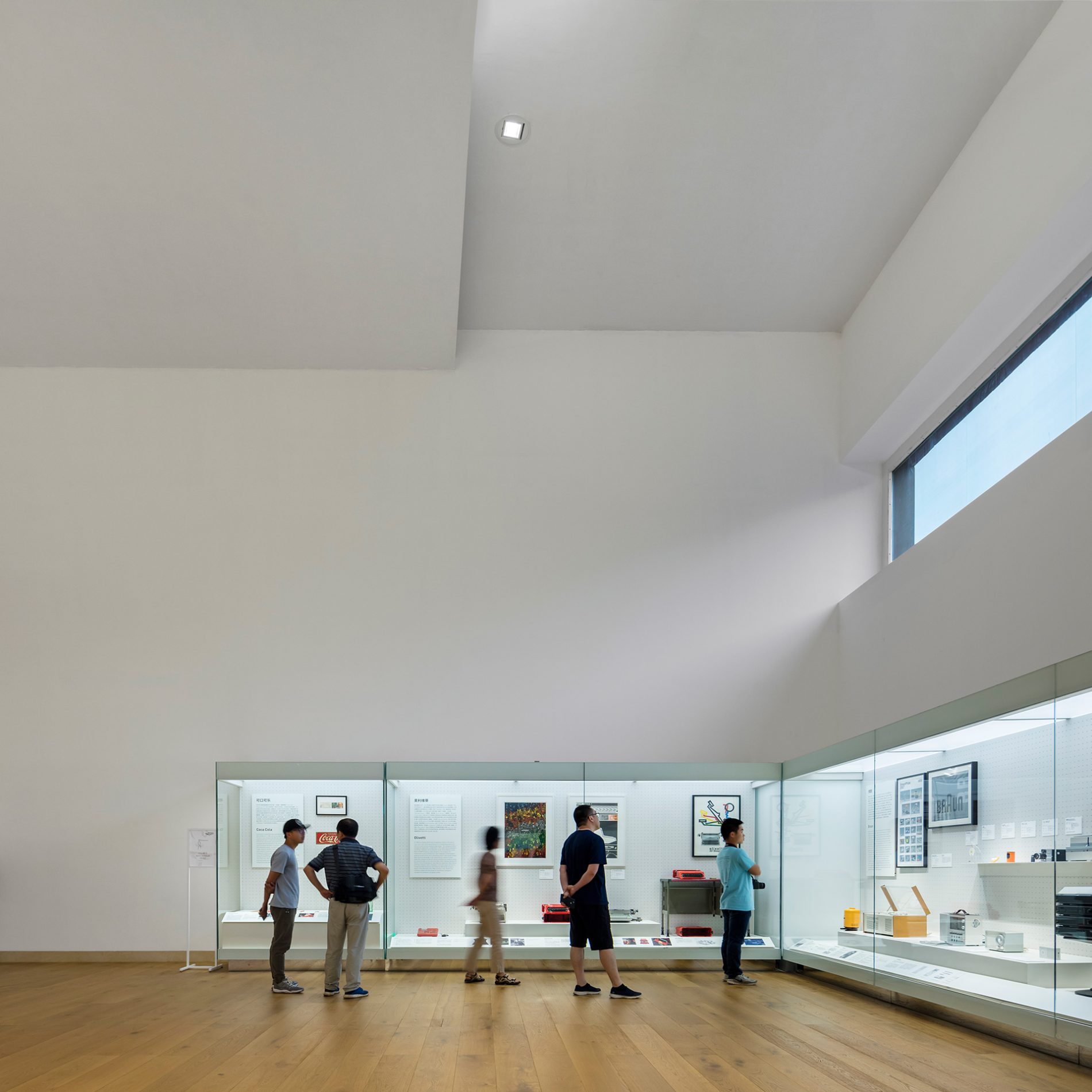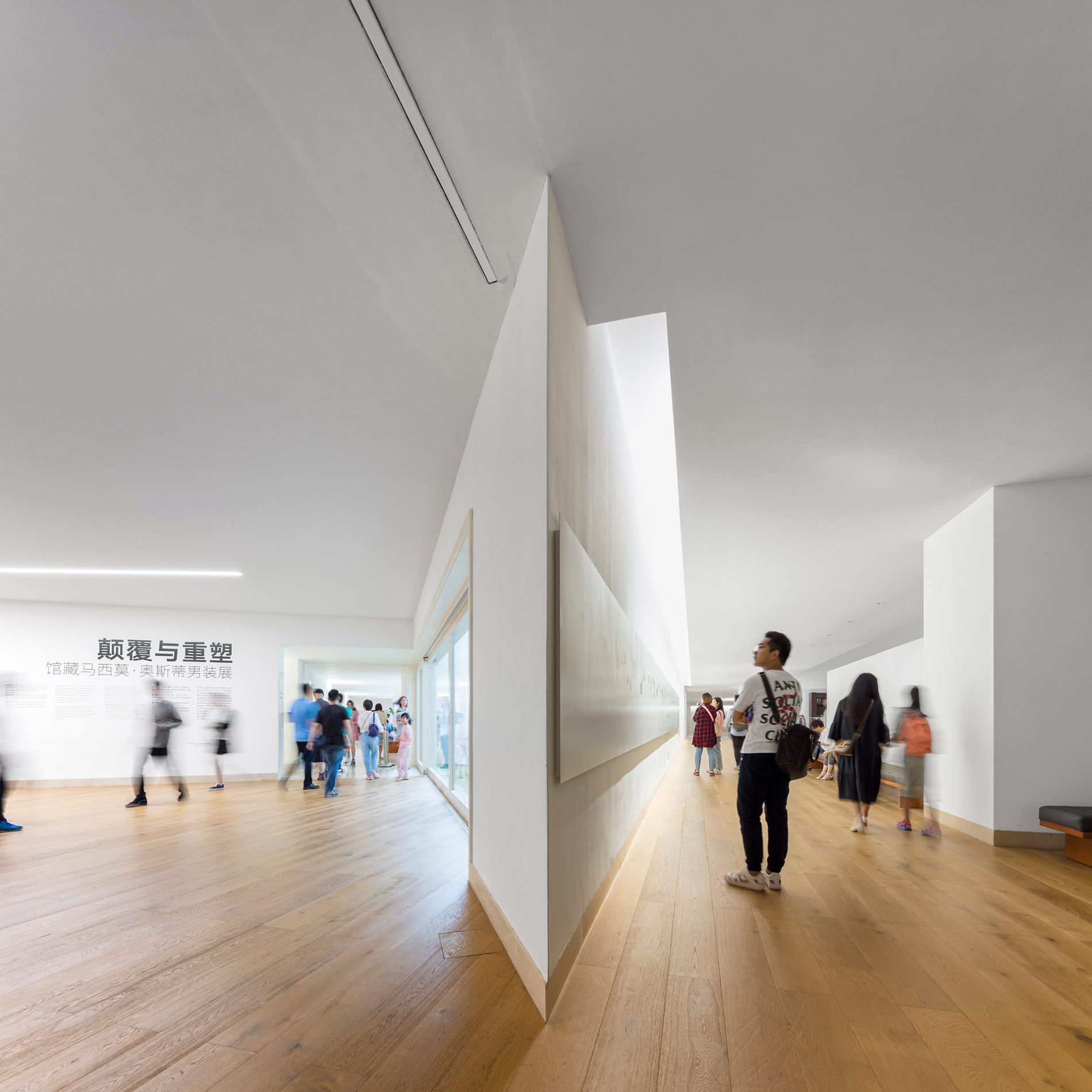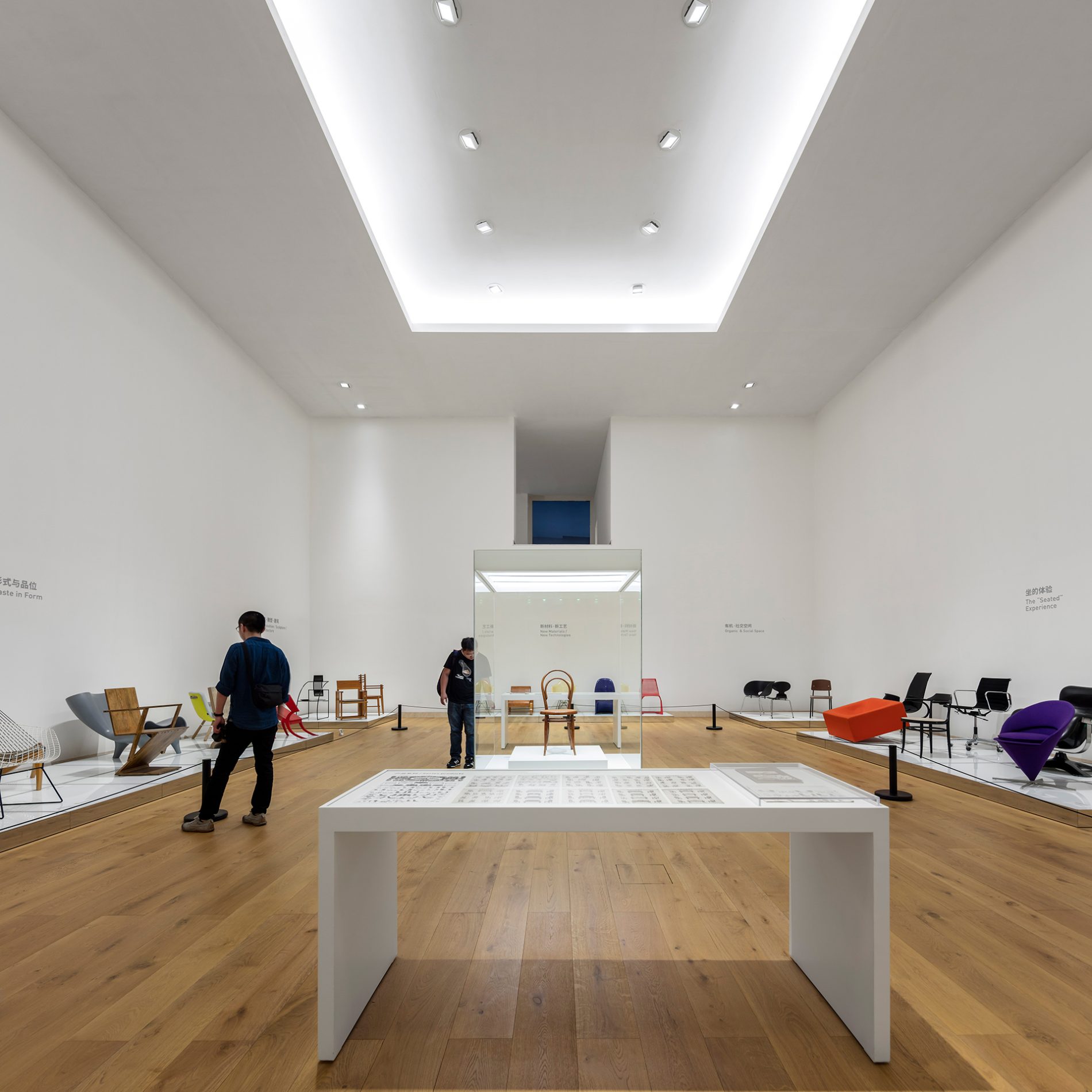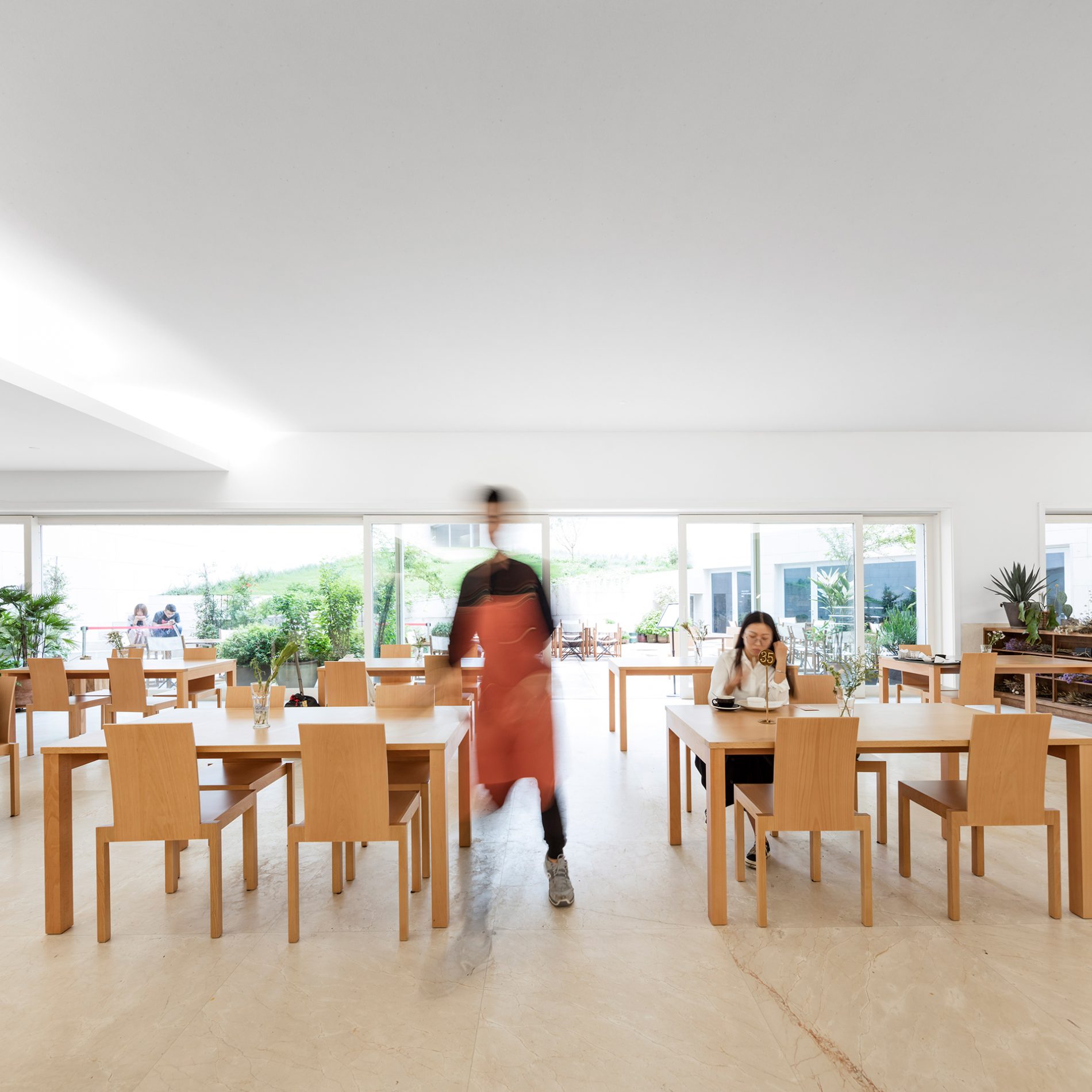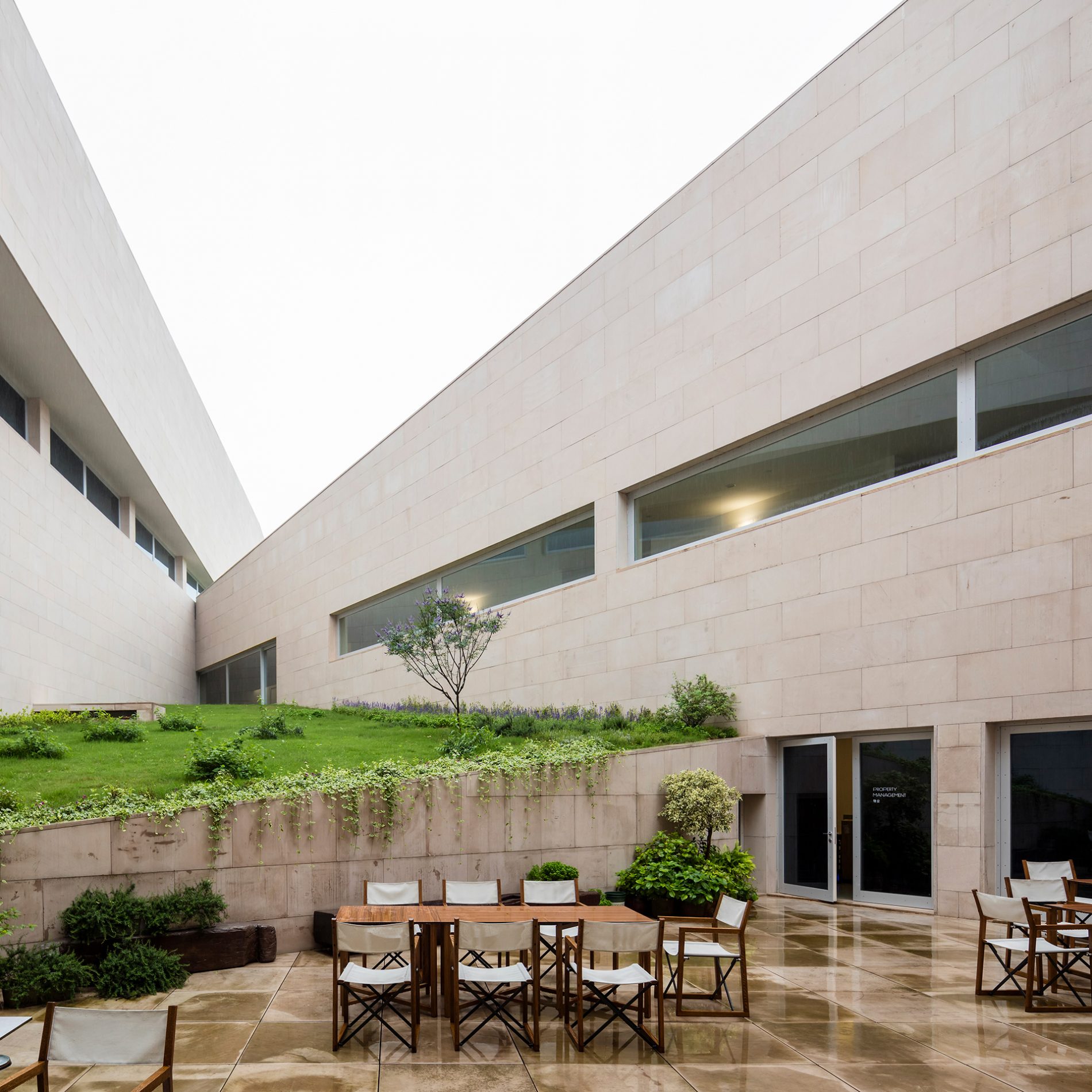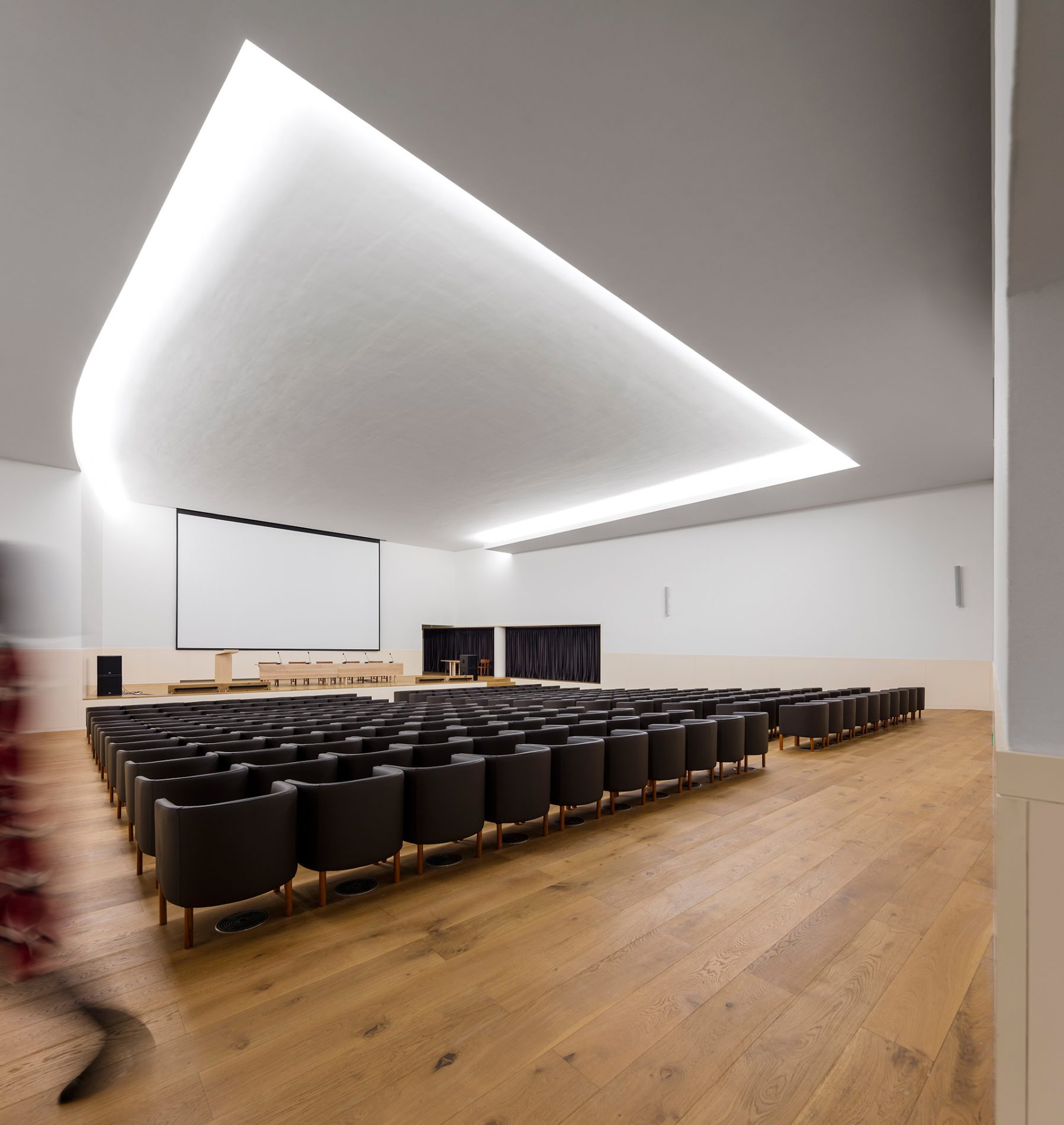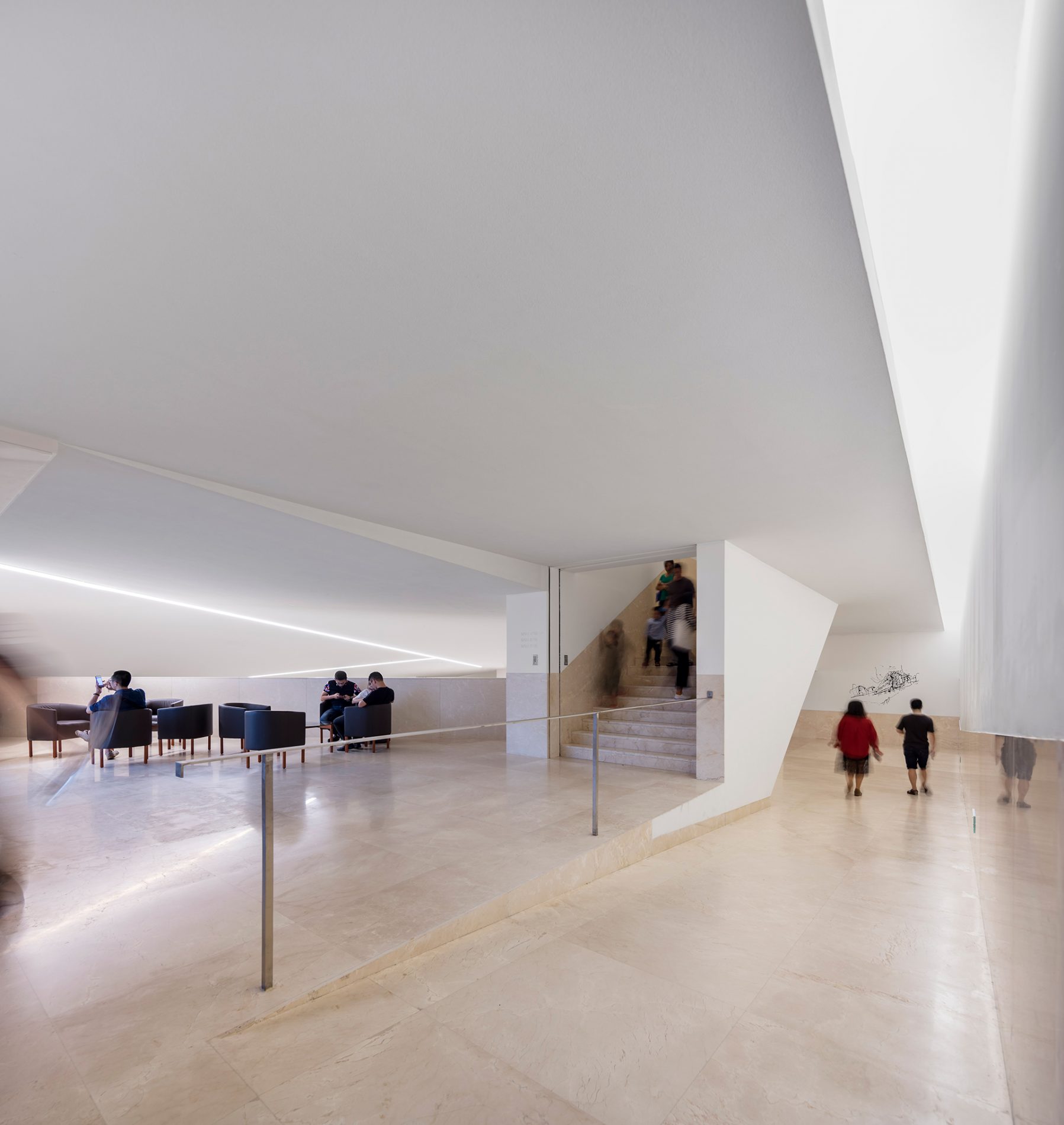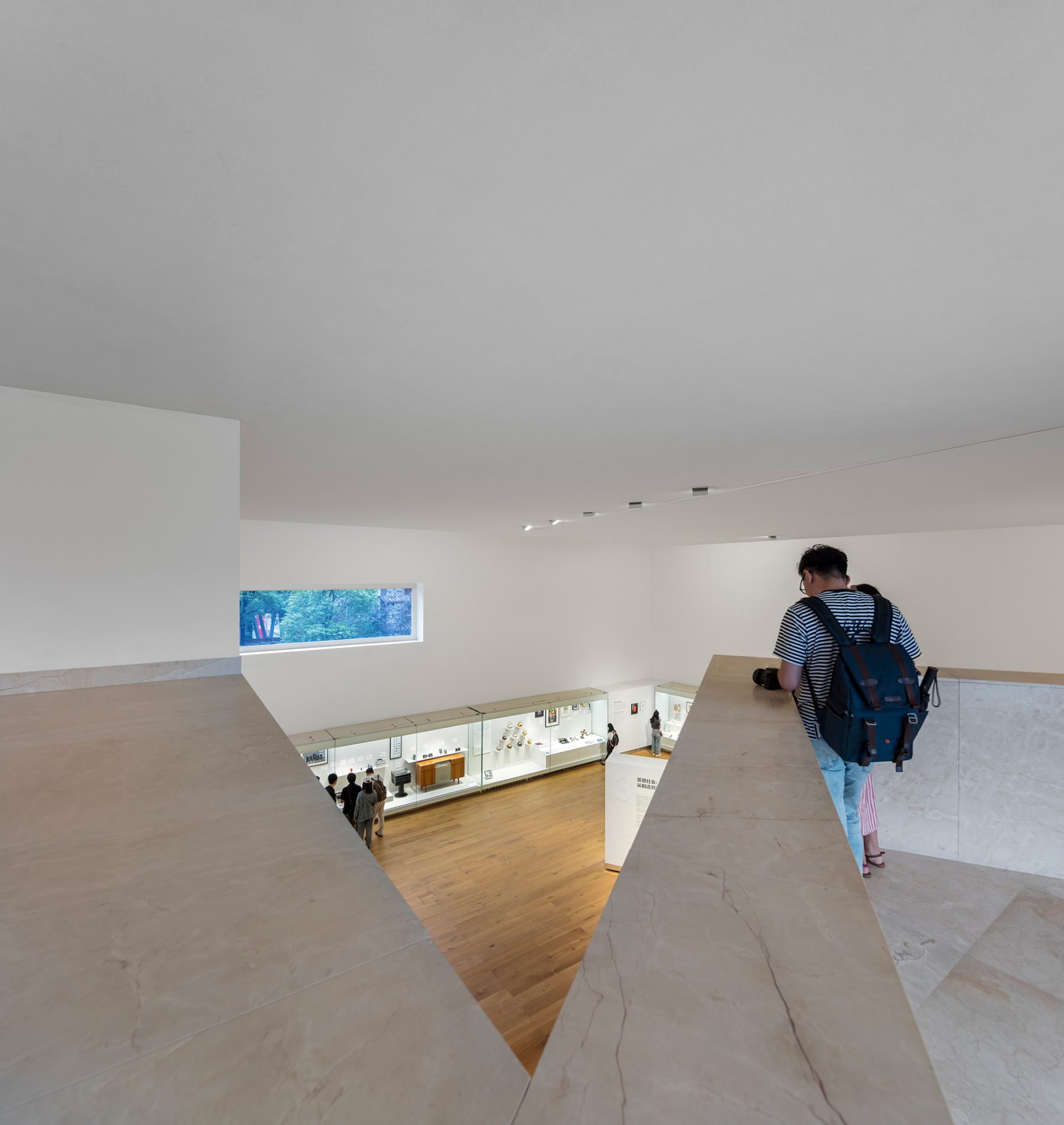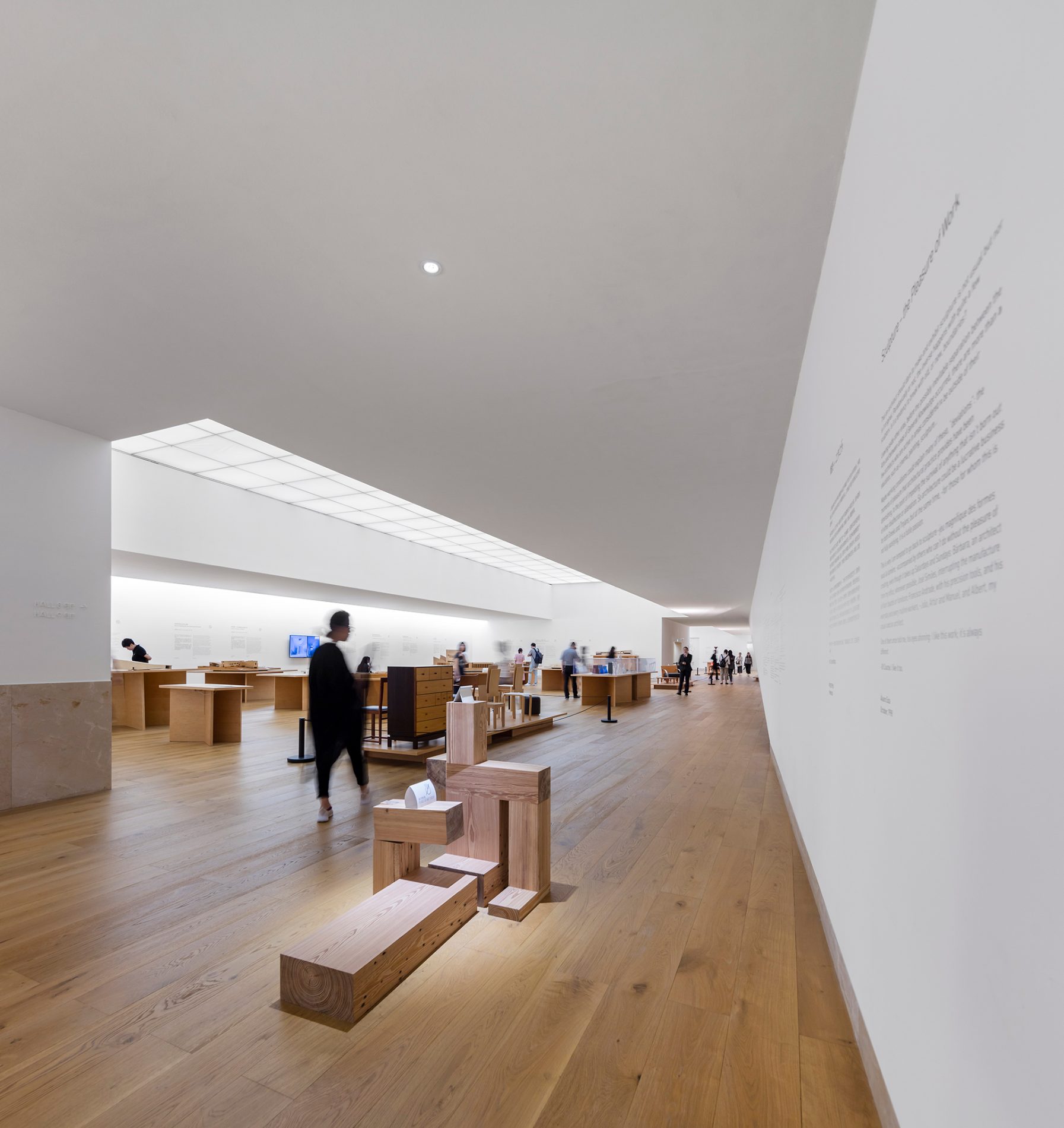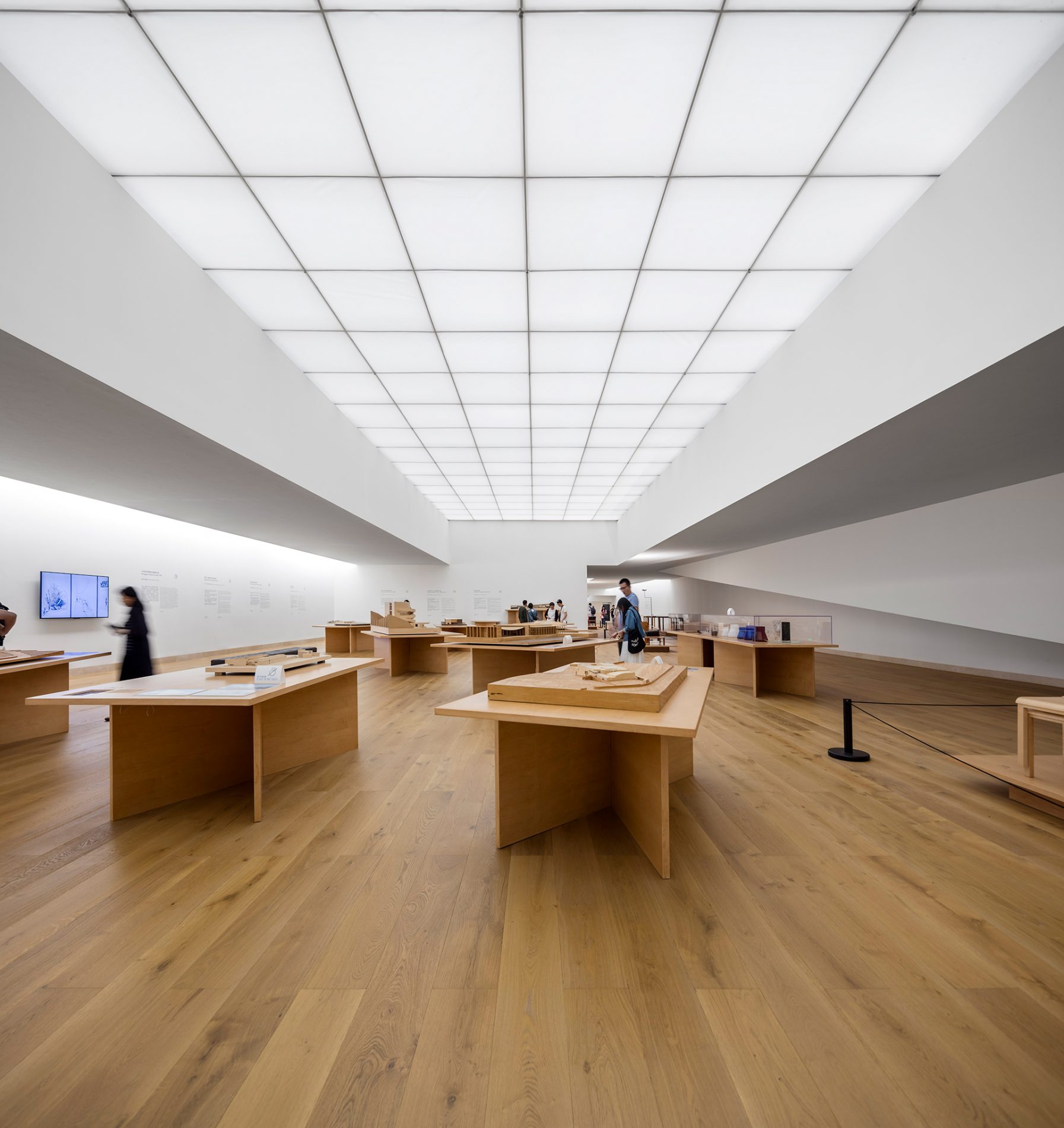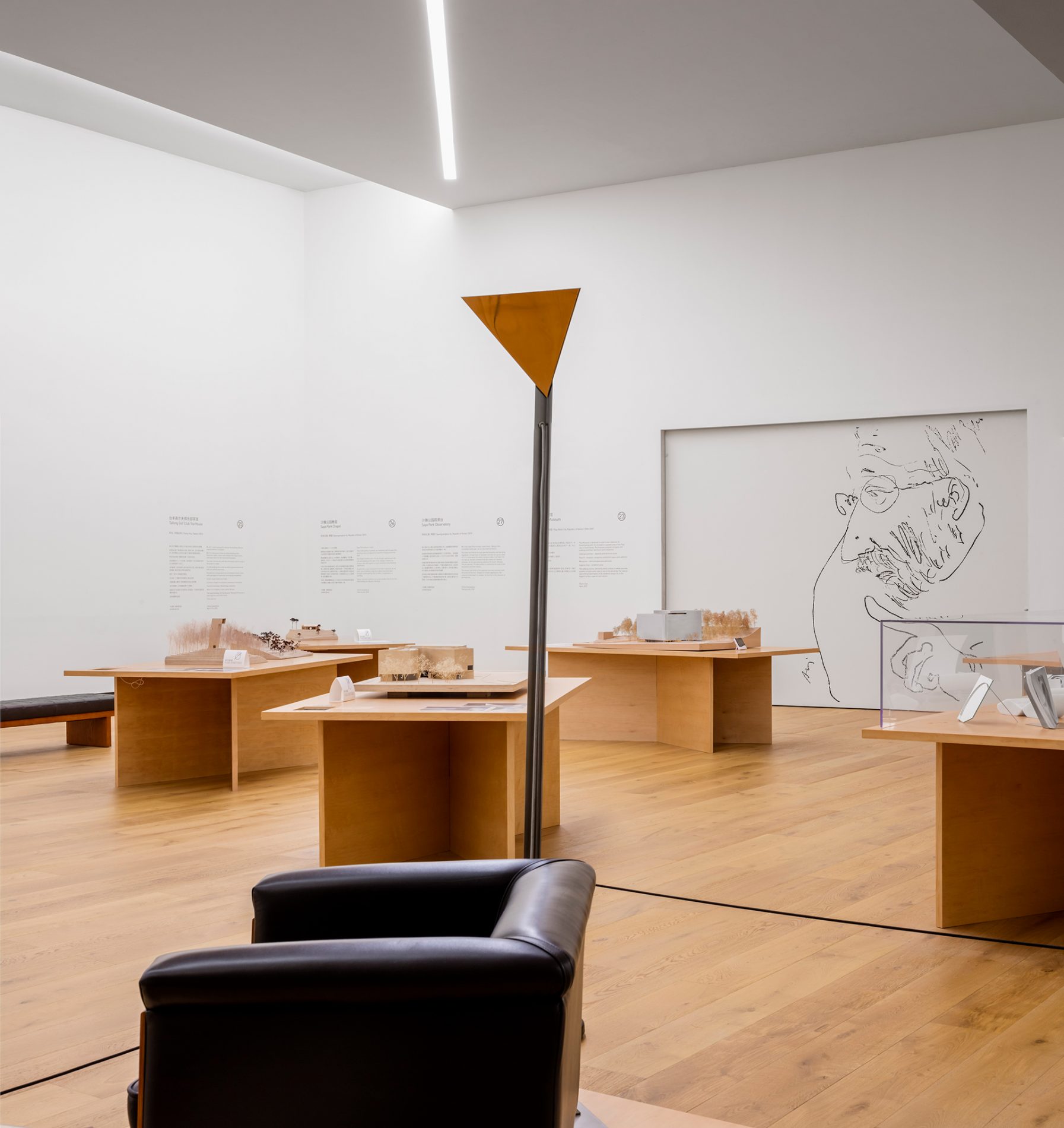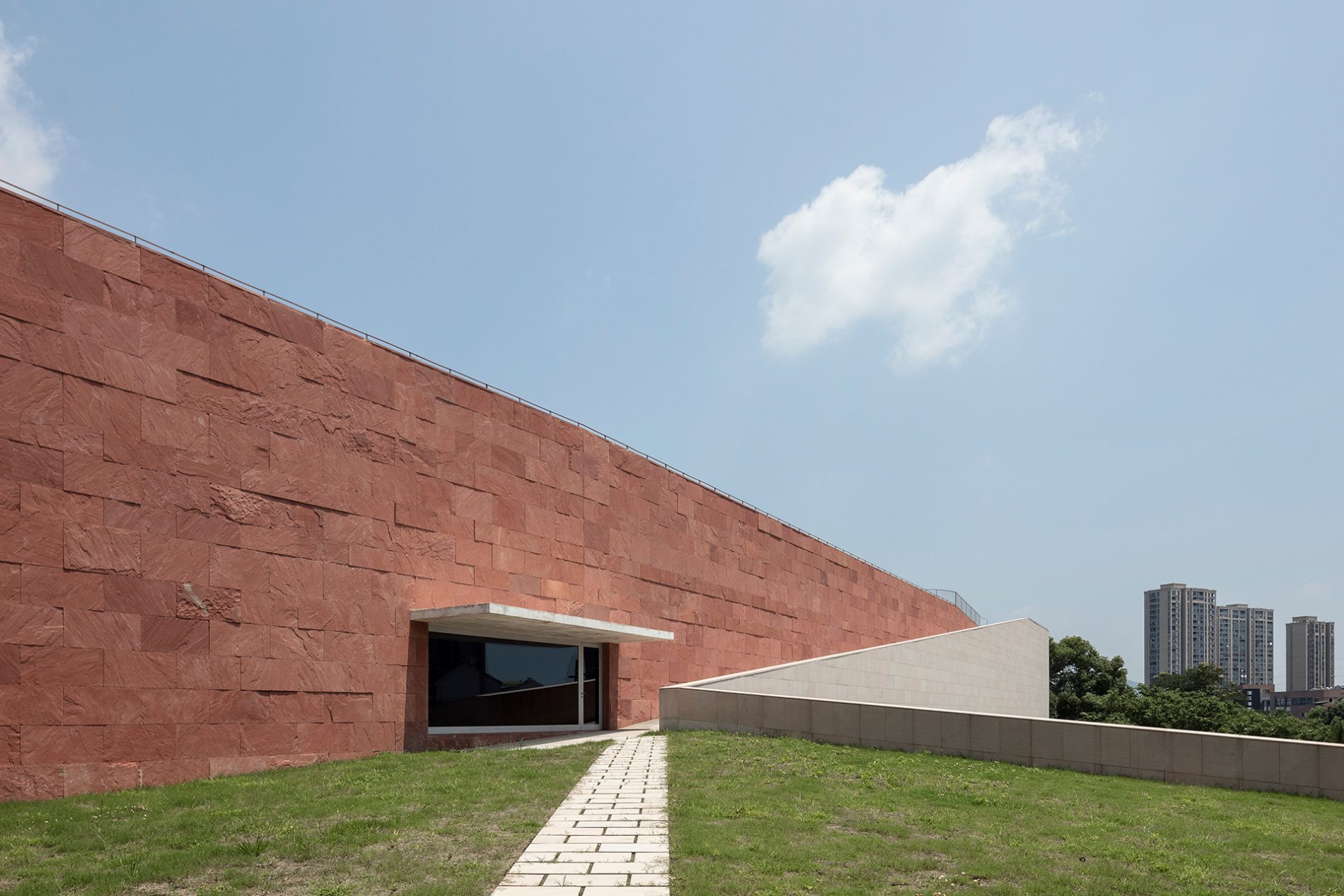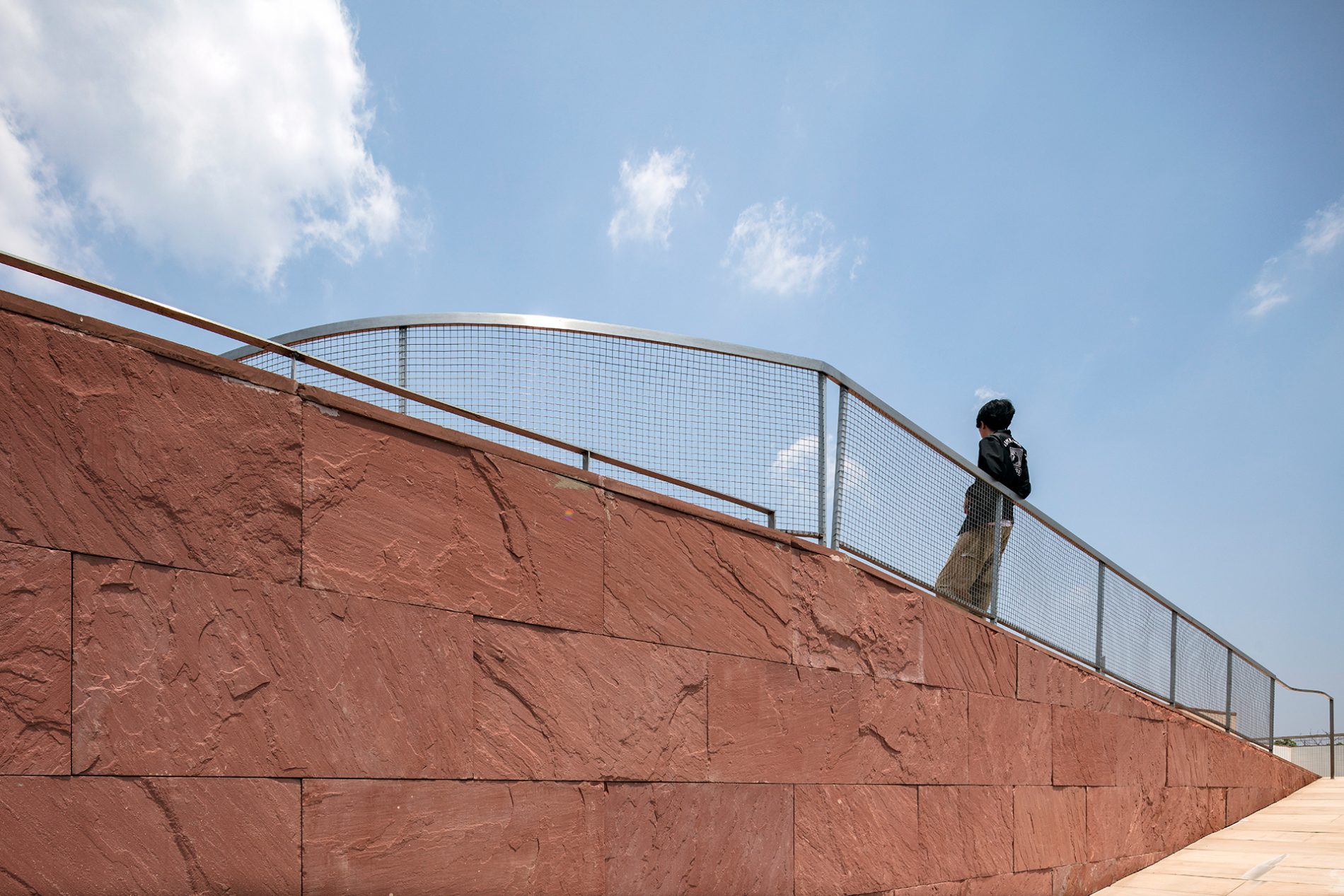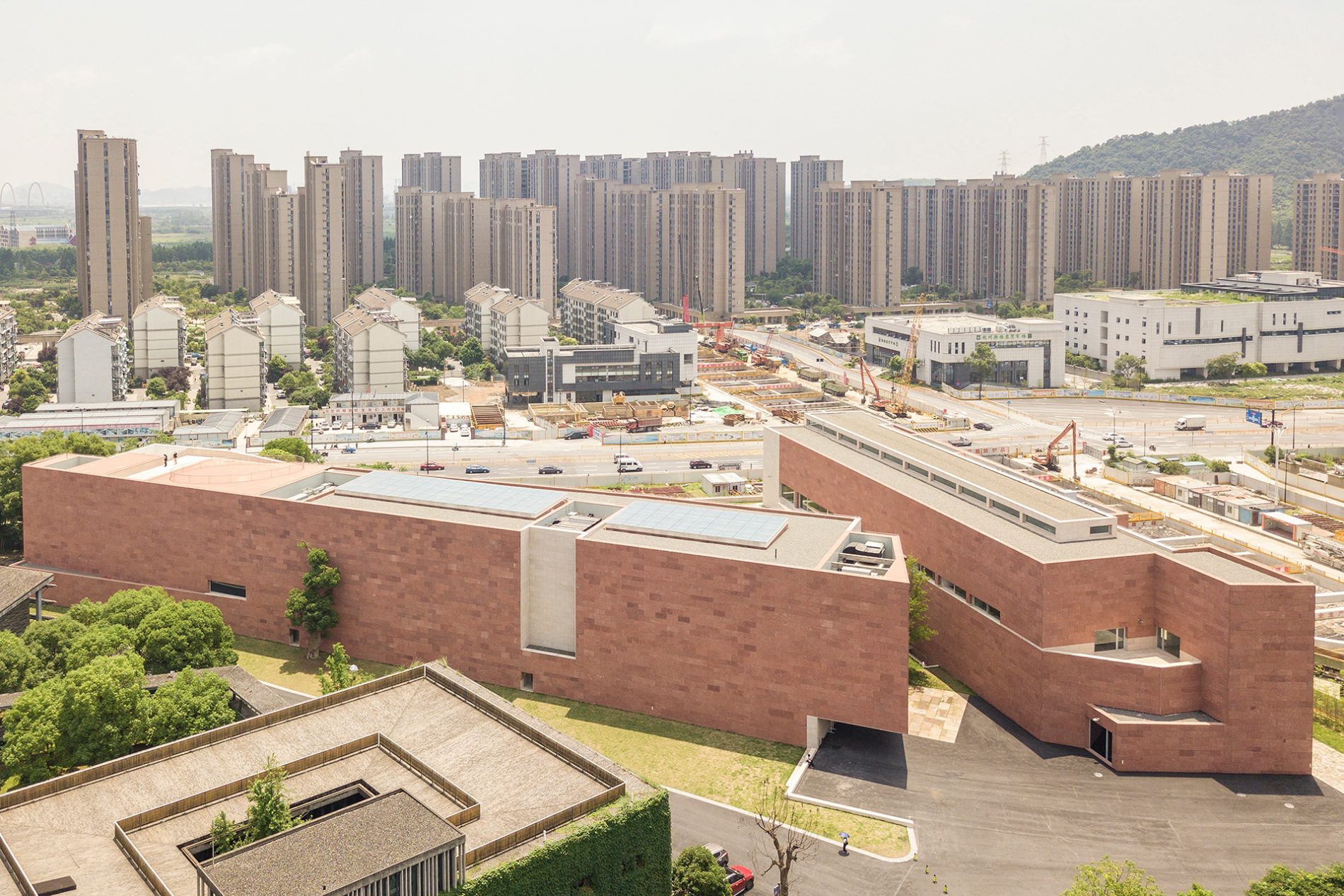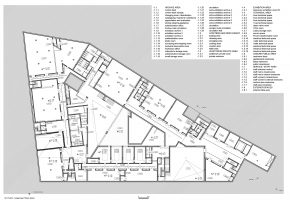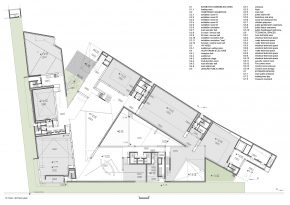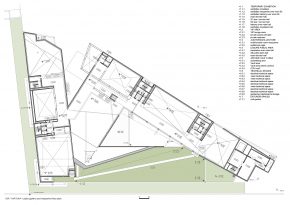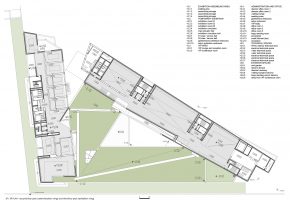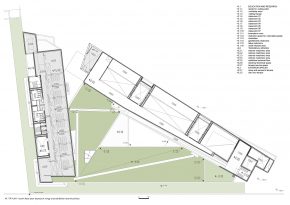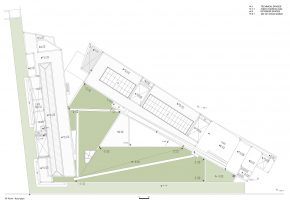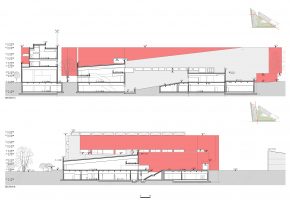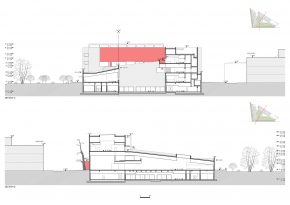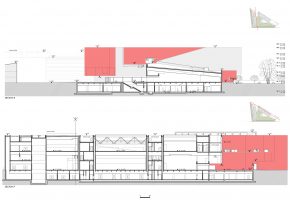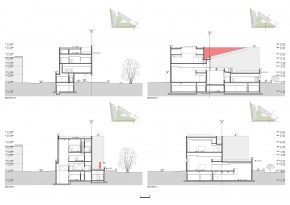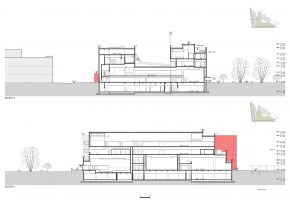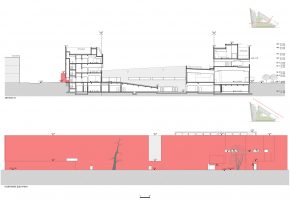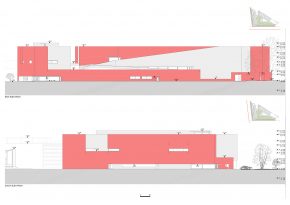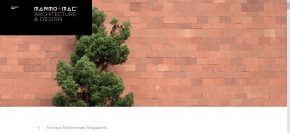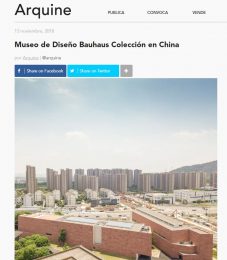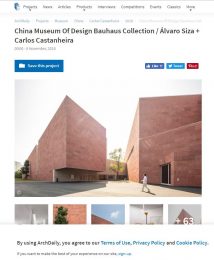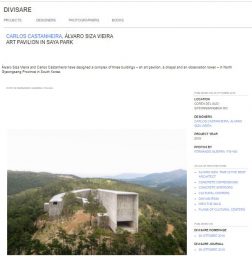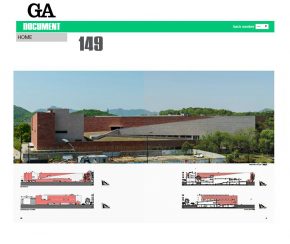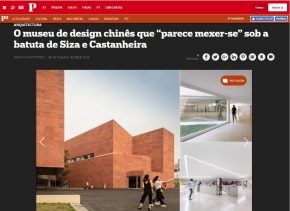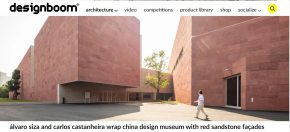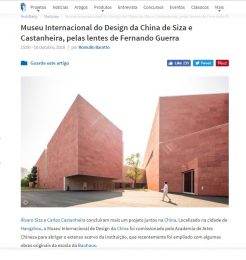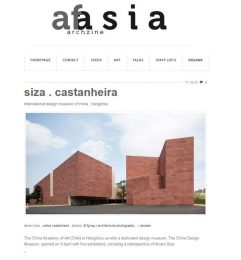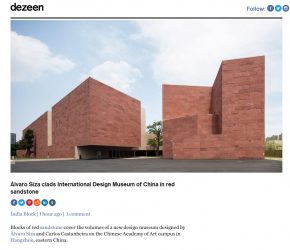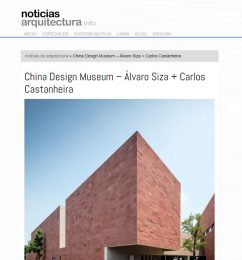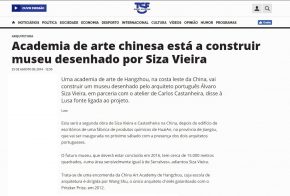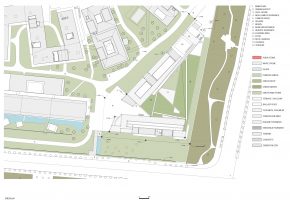

China Design Museum – Bauhaus Collection
YEAR
2012 - 2018LOCATION
China, HangzhouTYPE
CulturalDESCRIPTION
The Chinese Academy of Art (CAA) in Hangzhou has two campuses. One is in the city center, near West Lake, and a new larger campus is in the outskirts. The presence of the architect Wang Shu is ubiquitous on the new campus: most of it buildings were designed by him.
When we started on this work, he had not yet received the 2012 Pritzker Prize. The help that we received from both of him and his architect wife Lu Wenyu during the early stages of our work – and even today -, were and continue to be fundamental.
The huge CAA collection and its recent acquisition of a large set of originals items from the Bauhaus School prompted the idea of a museum for the permanent collection along with other works and temporary exhibitions. We were given a characteristic museum brief, apart from some specific features.
The huge campus was already nearly fully occupied. There was only one area still available on the south-eastern edge, at the intersection of two major roads in this expanding area. The available land has a triangular shape, with the planning restrictions of an urban and environmental nature that defined the building’s possible footprint and volume.
The internal layout seeks to facilitate smooth visitor flow and flexibility in the use of spaces. Being an art academy, its main purpose will be to display the results of different activities, languages and techniques deployed by students and teachers, as well as to receive guests.
The basement is planned to house the technical areas, archives, service areas, and a café connected directly to a triangular courtyard in the centre f the building. Above it, the ground floor contains the entrance, public and rest areas, distributions, temporary exhibition halls and auditoriums. A mezzanine level permits circulation and a ramp link to the roof garden above the east-facing volume. The top floor of this volume is for the permanent exhibition of the Bauhaus collection. The administration areas, workshops for young artists and also some of the infrastructure are on the south-facing upper floors.
Red Agra sandstone from India will define the volumes and the exterior cladding. Some of the planes, especially inside the triangular volume, will be clad with white marble. The frames will be in be aluminum/wood. A free-standing volume in white concrete, inserted perpendicularly to the southern boundary, will be used as an entrance of the general public.
Construction will begin shortly.
Carlos Castanheira
DRAWINGS
MODELS
CREDITS
Architects :
Álvaro Siza
with
Carlos Castanheira
Office in Portugal:
CC&CB – Architects, Lda.
Project Coordinator:
Pedro Carvalho
Project Team:
Adalberto Dias
Carolina Leite
Catarina Rodrigues
Diana Vasconcelos
Elisabete Queirós
Francesca Tiri
Germano Vieira
Joana Soeiro
João Figueiredo
Jorge Santos
Nuno Campos
Pedro Afonso
Rita Ferreira
Sara Pinto
Susana Oliveira
3D Visualisation:
Germano Vieira
Pedro Afonso
Local Office:
The Design Institute of Landscape
& Architecture, China Academy of Art
Architecture:
Liu Ke, Zhao Yaunpeng
Jiang Weihua
Engineering:
Structure:
Shentu Taunbing
Chen Yongbing
Hydraulical:
Zhu Weiping
Yu Xiaofen
HVAC:
Jin Guogang
Wang Yonghong
Electrical:
Chen Chunji
Teng Liang
Intelligent Desing:
Sun Mingliang
Sin Minjun
Acoustics:
Hangzhou Zhida Archit.
Science & Technology Co.,Ltd
Zhang Shanming, He Haixia
Consultants:
HVAC:
G E T –
Thermal Management
System, Lda.
Structure:
HDP –
Construction and
Engineering Projects, Lda.
Total Building Area:
16 000 m2
Model:
Alvaro Negrello
Photography:
Fernando Guerra FG+SG
Fotografia de Arquitectura
FEATURED ON
